Common Pursuits in Different Suits
Blogs
01.03.2022
Revels seeks a visionary Artistic Director to lead our 55-year-old organization!
Learn More HereBlogs
01.03.2022
By Benny Sato Ambush, with valuable contributions from Regie Gibson
The 2021 edition of the much-beloved 51-year holiday tradition, The Christmas Revels embodies my favorite kind of stage storytelling: fusion theatre. Through an inventive artistic conceit imagined by playwright and Revels Artistic Director, Paddy Swanson, customs from 17th century Elizabethan England are “fused” with contemporary ones when the present and the past meet in theatrical space. Mr. Swanson’s choice to multi-culturalize the story’s premise along with the cast is a positive response to the current trend of amplifying cultural expressions of the world’s diverse peoples. Swanson does so while remaining faithful to the genesis of The Christmas Revels legacy which has been sustained for half a century: celebrating the culture, music, food, and dance forms of the people of Europe’s northern hemisphere.
This year’s production adapts and converges divergent cultural expressions. Inspirations are recontextualized and reinvented, the time-honored cross-pollinating dynamism of art. In the Mummers play, a staple of every Revels, updated this year by Regie Gibson, you will notice an example of a ritualized, competitive duel of insults, presented in hero-combat style, a global cultural phenomenon variably delivered in rhythm, rhyme, music, and poetic cadence. The goal is to outclass the other in increasingly inventive, vituperative, verbal jabs.
An early written example of this cultural phenomenon is in the Old English’s epic heroic poem Beowulf set in pagan 6th-century Scandinavia where verbally one-upping the other takes place between Beowulf and Unferth.
Around 1500, the court of Scotland’s James IV convened poets William Dunbar and Walter Kennedie to verbally joust in a tradition known as flyting: hurled insults between two parties in verse, the comic banter meant to tease and mock the other.
African cultures have employed versions of such codified verbal insult battles. West African peoples, for example, have a “joking cousins” Sanankuya tradition where insults are exchanged and participants are provoked, called out, and made fun of to organize and bring peaceful agreement among them. Ritualized fighting to prevent fighting.
Contests of creative insulting, bragging about one’s poetic abilities while scornfully smearing the other, are alive throughout the African Diaspora. In calypso cultures of the eastern Caribbean, the pecong is delivered in rhymed verse and set to music with combatants playing the quatro, a four or five-stringed small guitar. South America has similar traditions such as in Colombia’s Vociferrar tradition and Ecuador’s Vacilar tradition.
“Playing the dozens” is one of the traditions in Black communities of the United States. High value is given to the dexterous use of words and phrases, the quality of rhyming, the sharpness of the put down, the quickness of the impromptu comeback, and the clever use of such rhetorical tools as alliteration, assonance, repetition, antithesis, metonymy, hyperbole, oxymoron, irony, sarcasm, pleonasm, and punning.
One, of course, sees verbal battles of derision in Shakespeare.
Ritualized insult exchanges appear in different cultures that seemingly have no connection between them and bear many more names such as dissing, cracking, clowning, signifying, sounding, snapping, and capping. The insult battle often holds to the delicate boundary of humor. Many traditions play out in a warm, friendly manner and are taken in good spirits, although the language is harsh. Masters of the form avoid crossing this boundary.
The battles can, however, devolve into personal attacks leading to physical violence. Free-style rap battles in contemporary hip hop music culture, another tradition in the continuum, can turn vicious, ugly, and personal, bent on embarrassing the other rather than besting the other through skill and wit. What these traditions share in common is high praise for improvisation, outrageous braggadocious boasting, sometimes ribald heckling, and expert joking and teasing.
Are these synchronicities across time and geography evidence of what Carl Jung called the collective unconscious of the world’s human family united by similar archetypical patterns of cultural practices but distinguished by unique geographical and historical particularities? Perhaps. I give great credit to The Revels for wading into these waters in this year’s Christmas Revels at a time when representation, inclusion, and accountability are potent currents in today’s zeitgeist.

– Benny Sato Ambush
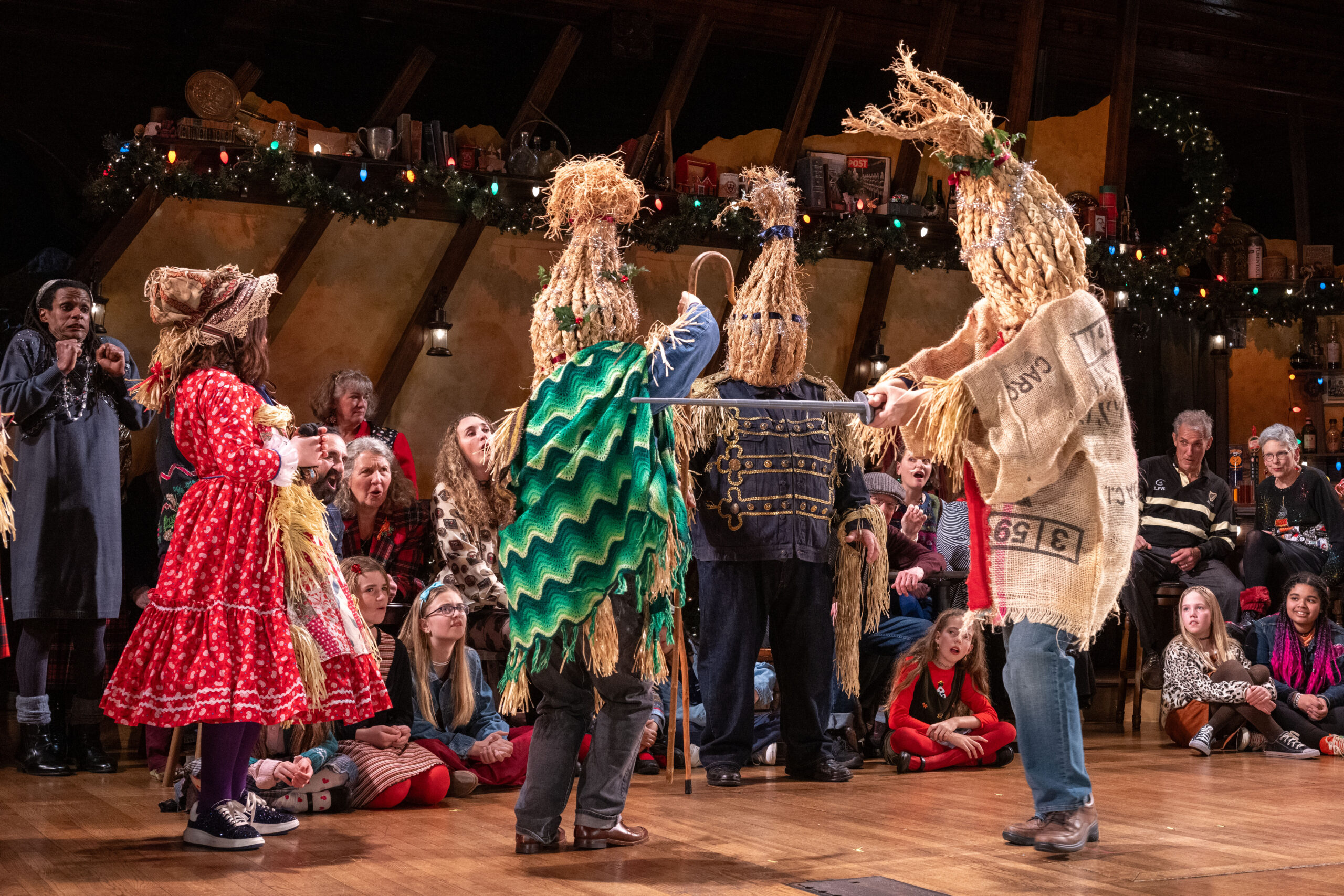
Read More
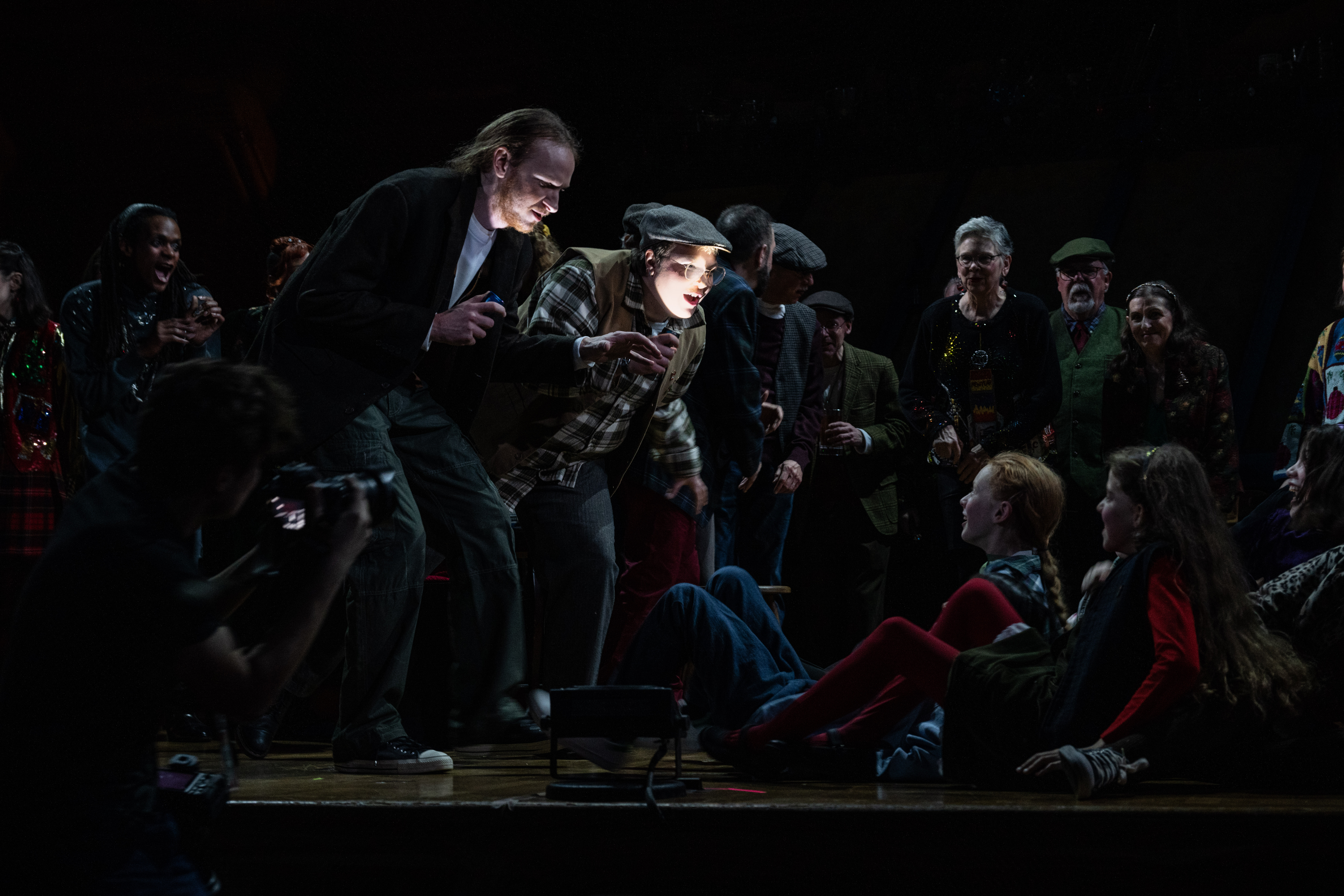
Read More
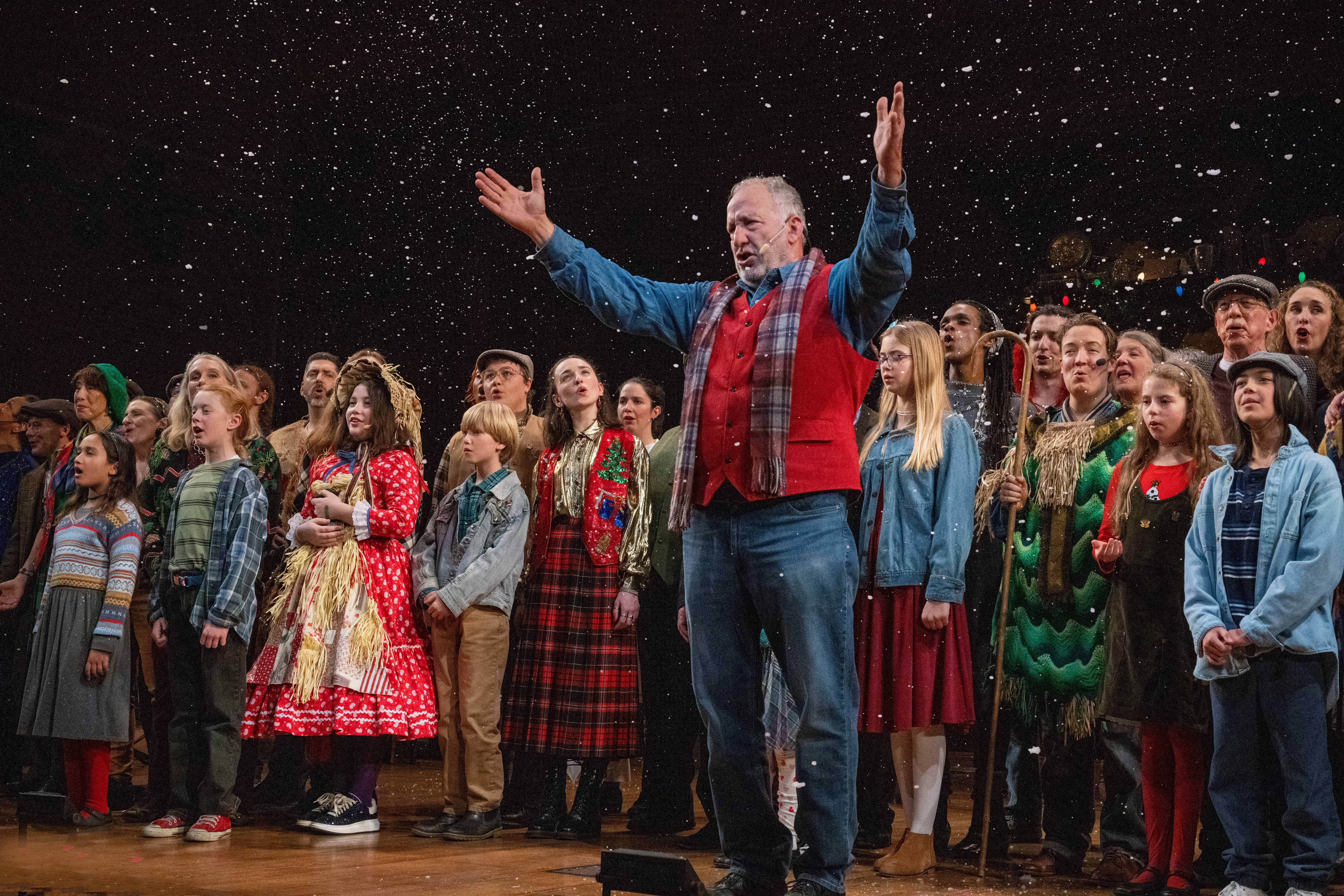
Read More
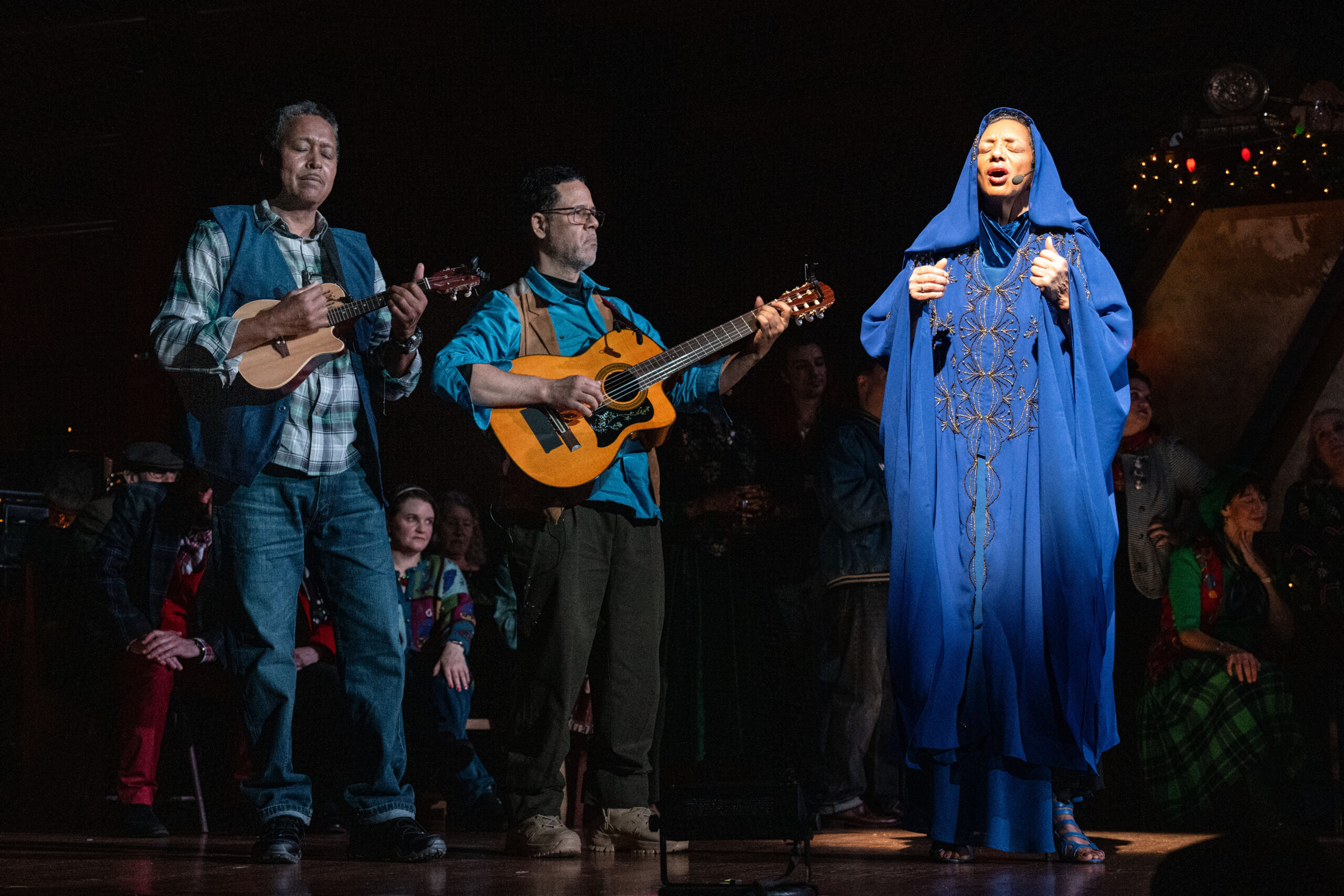
Read More

Read More
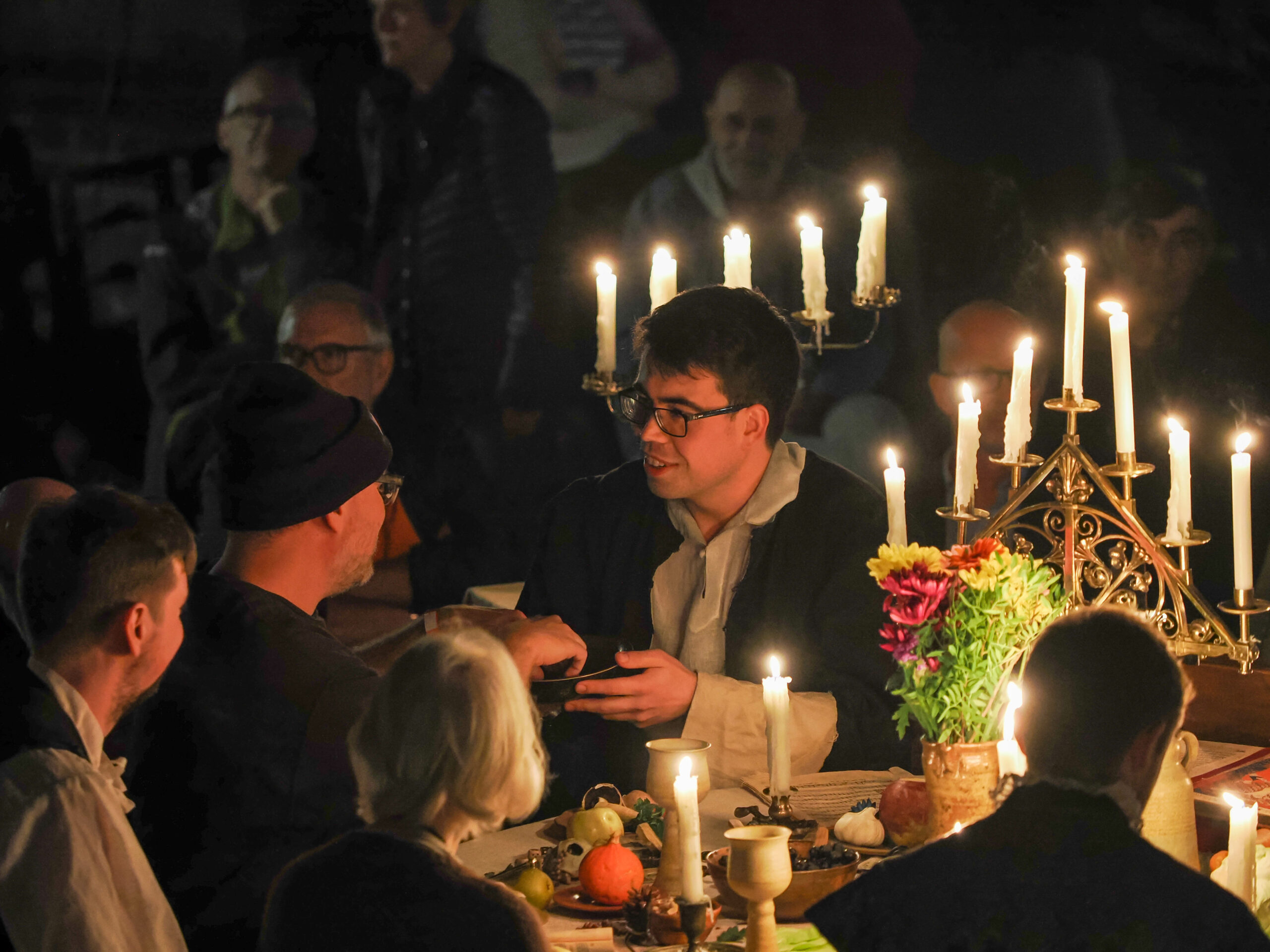
Read More
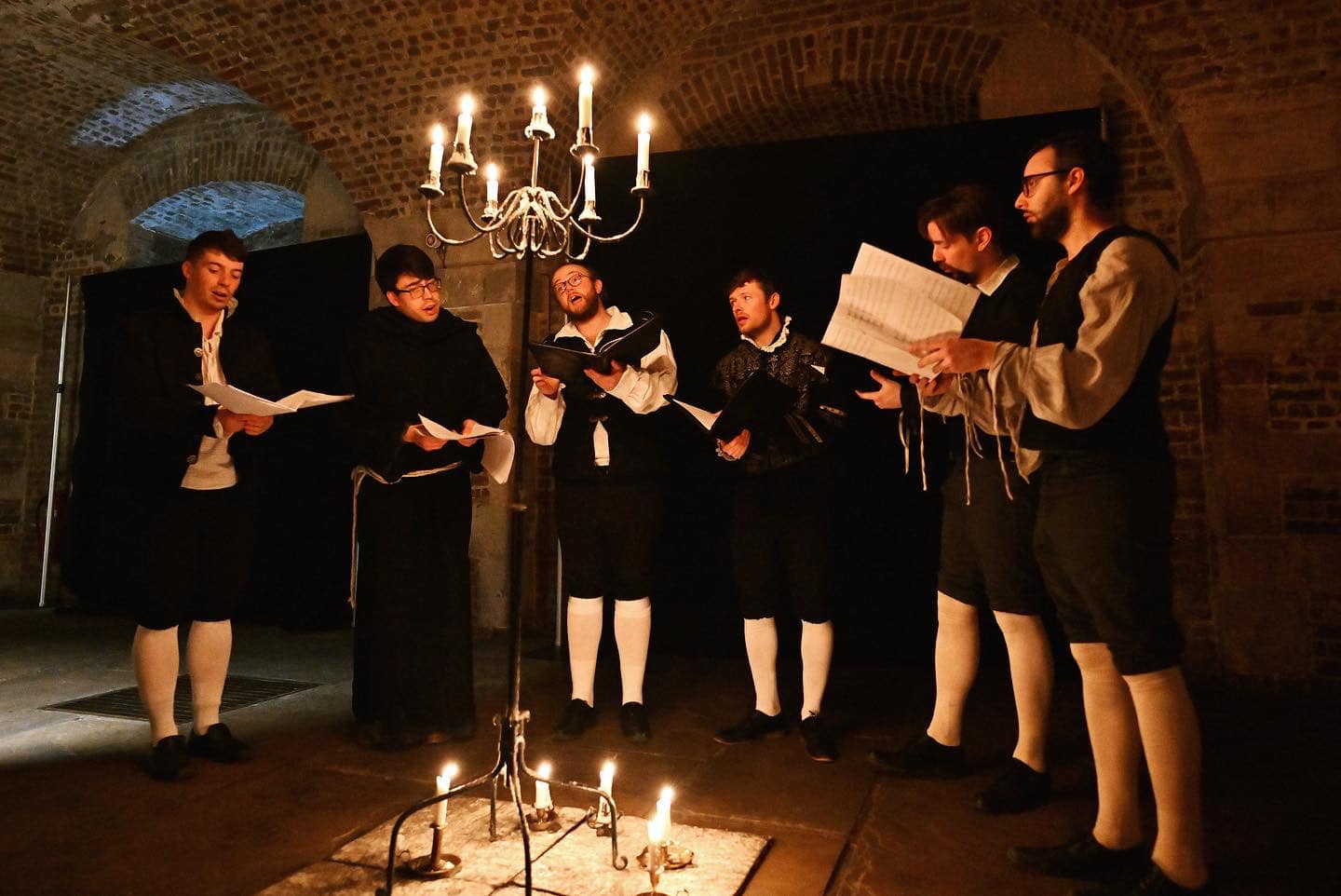
Read More
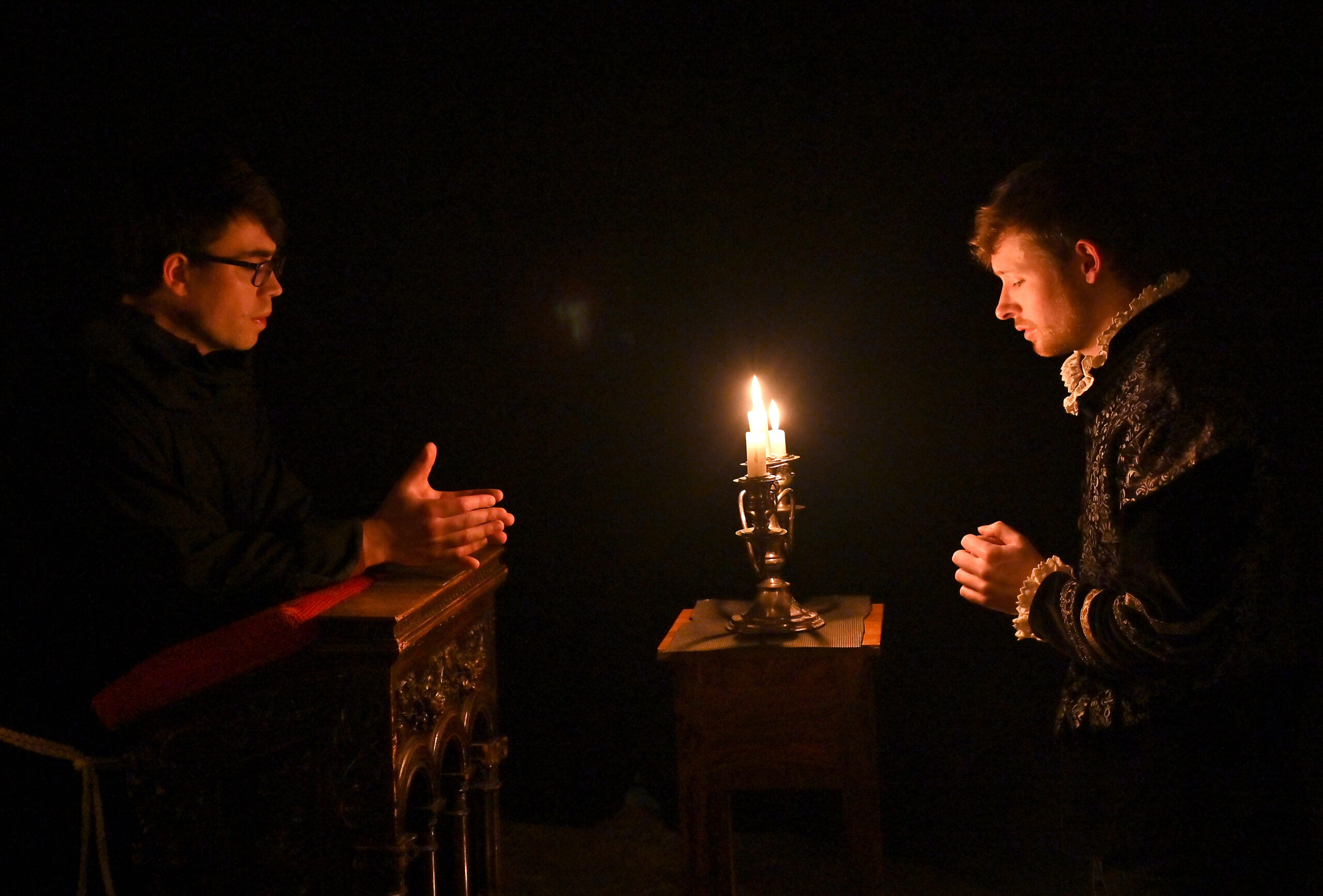
Read More
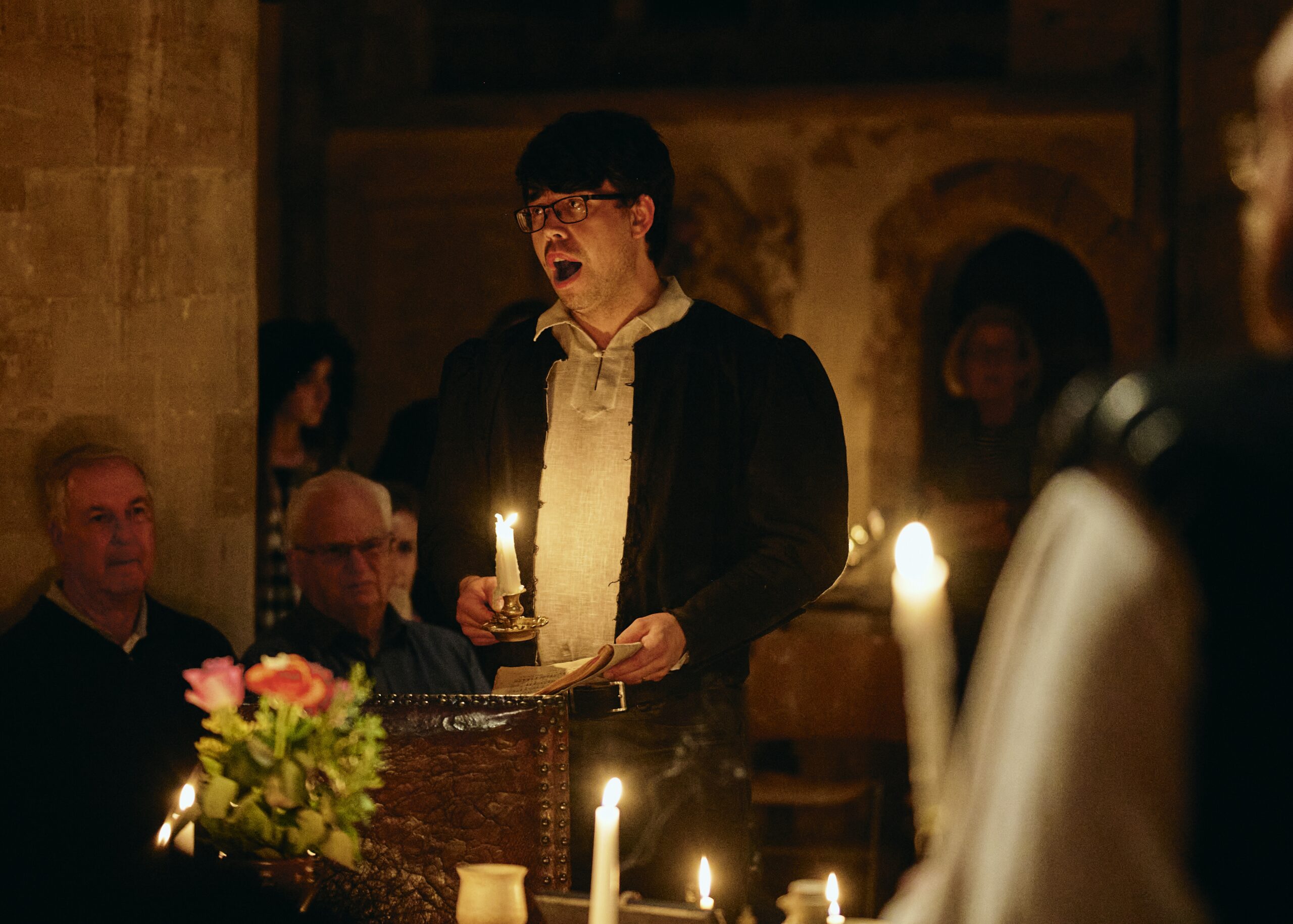
Read More
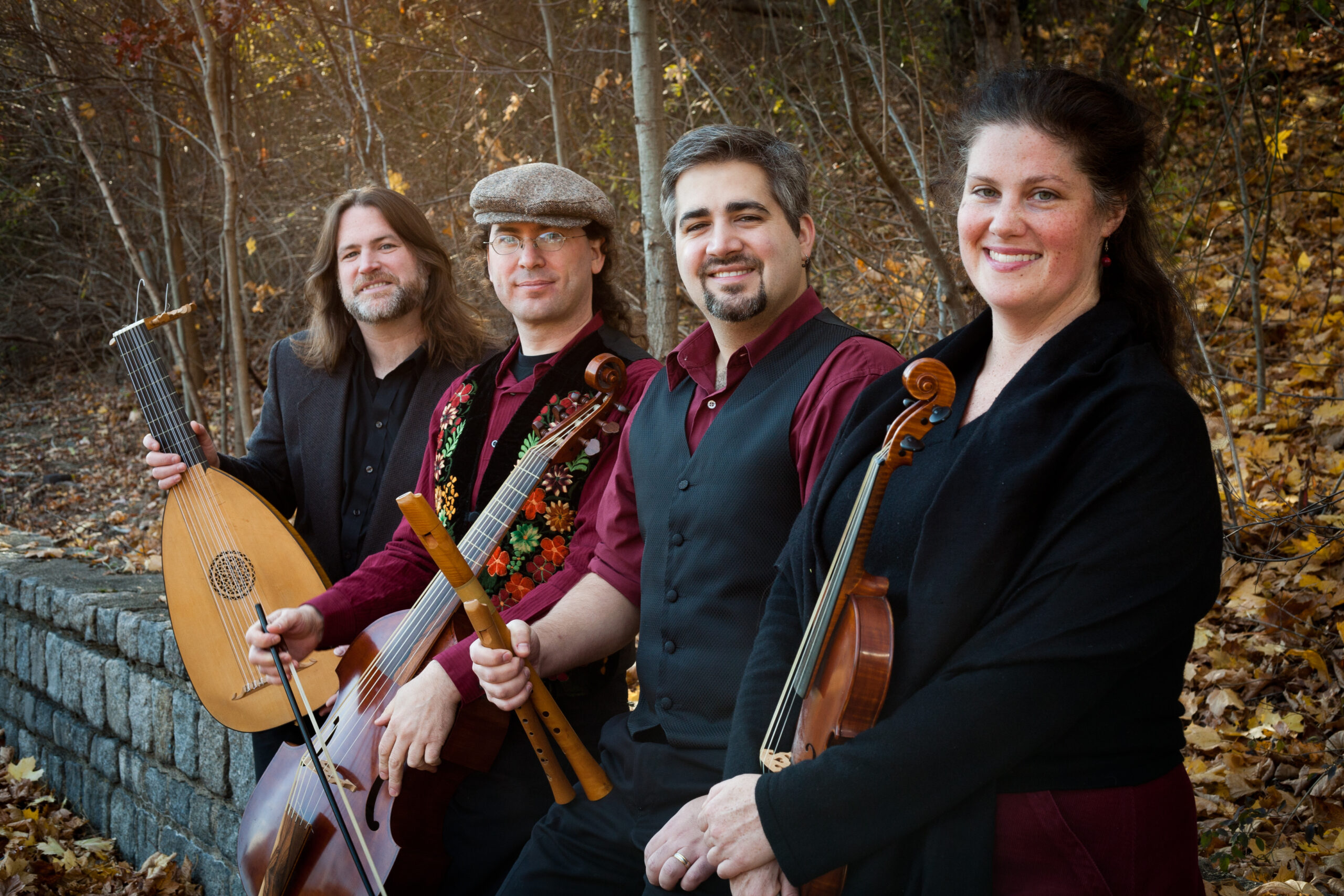
Read More
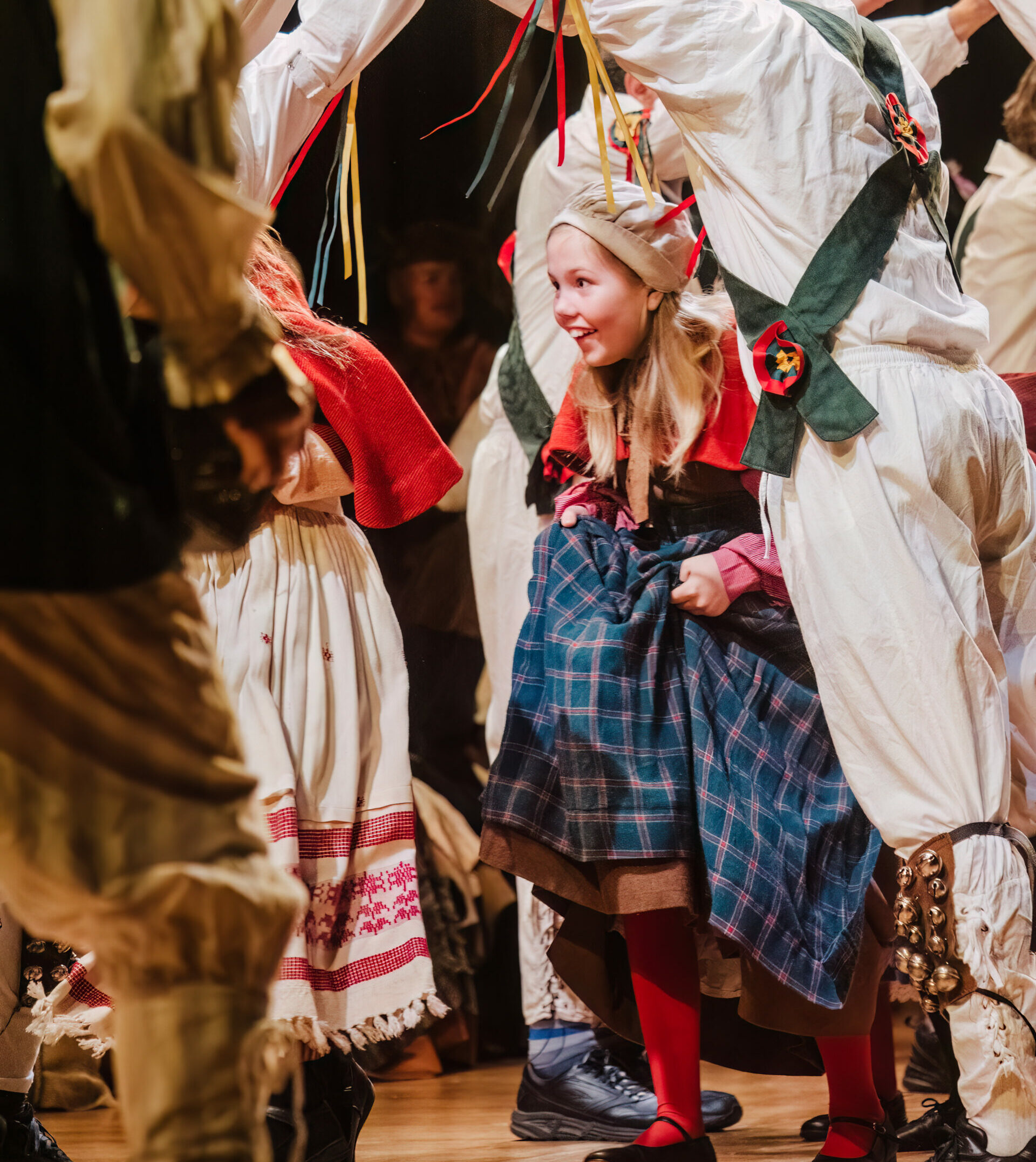
Read More
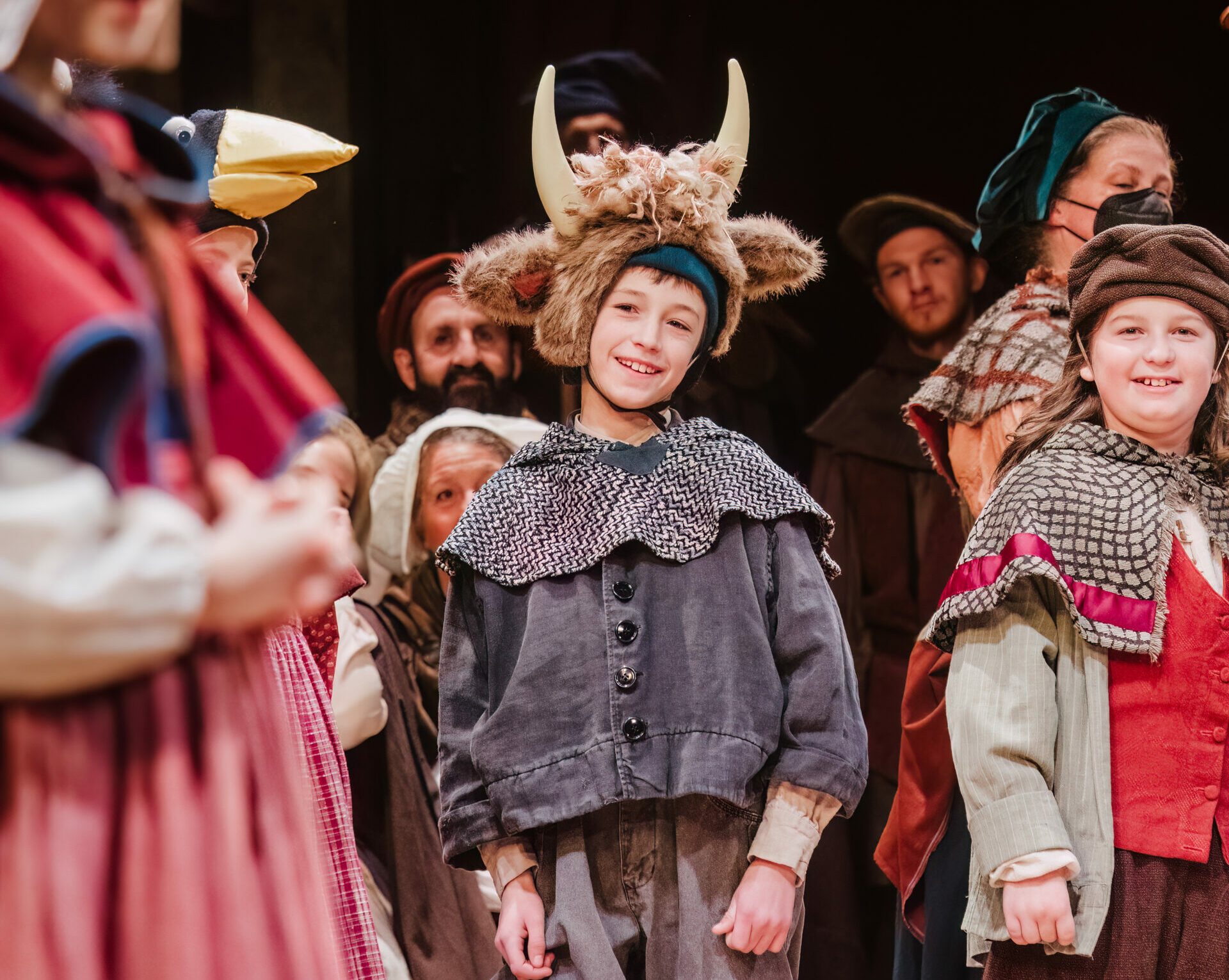
Read More
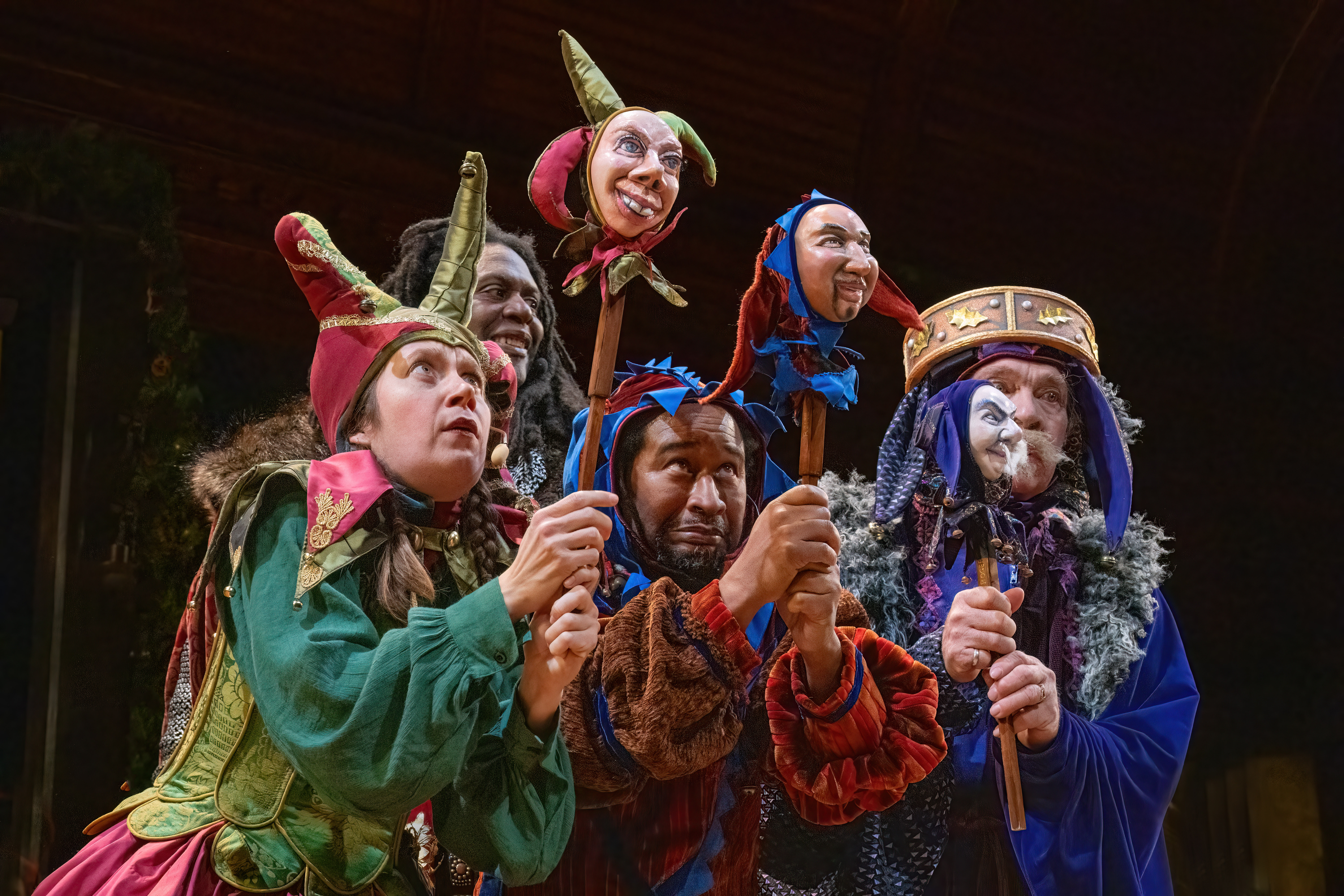
Read More
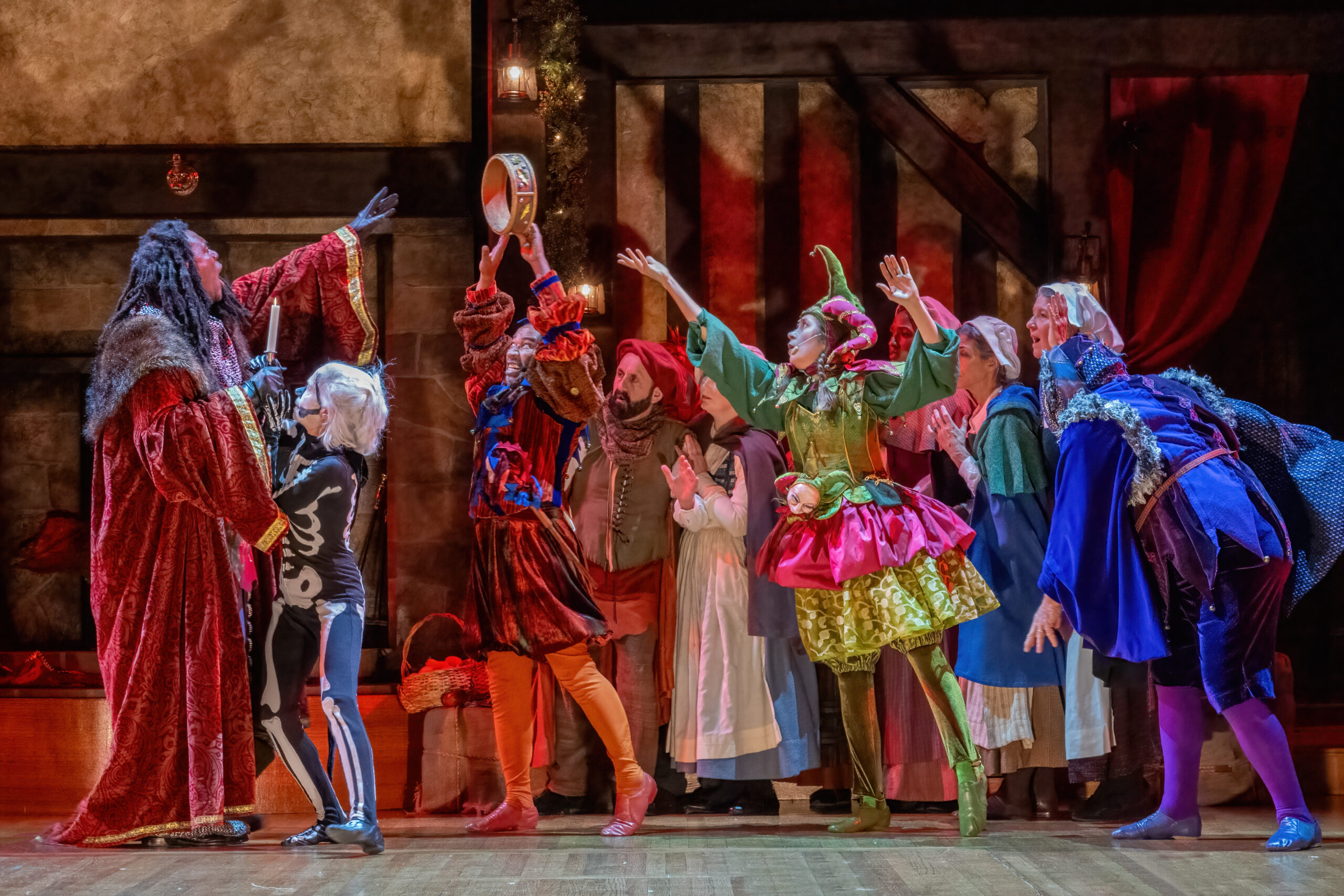
Read More
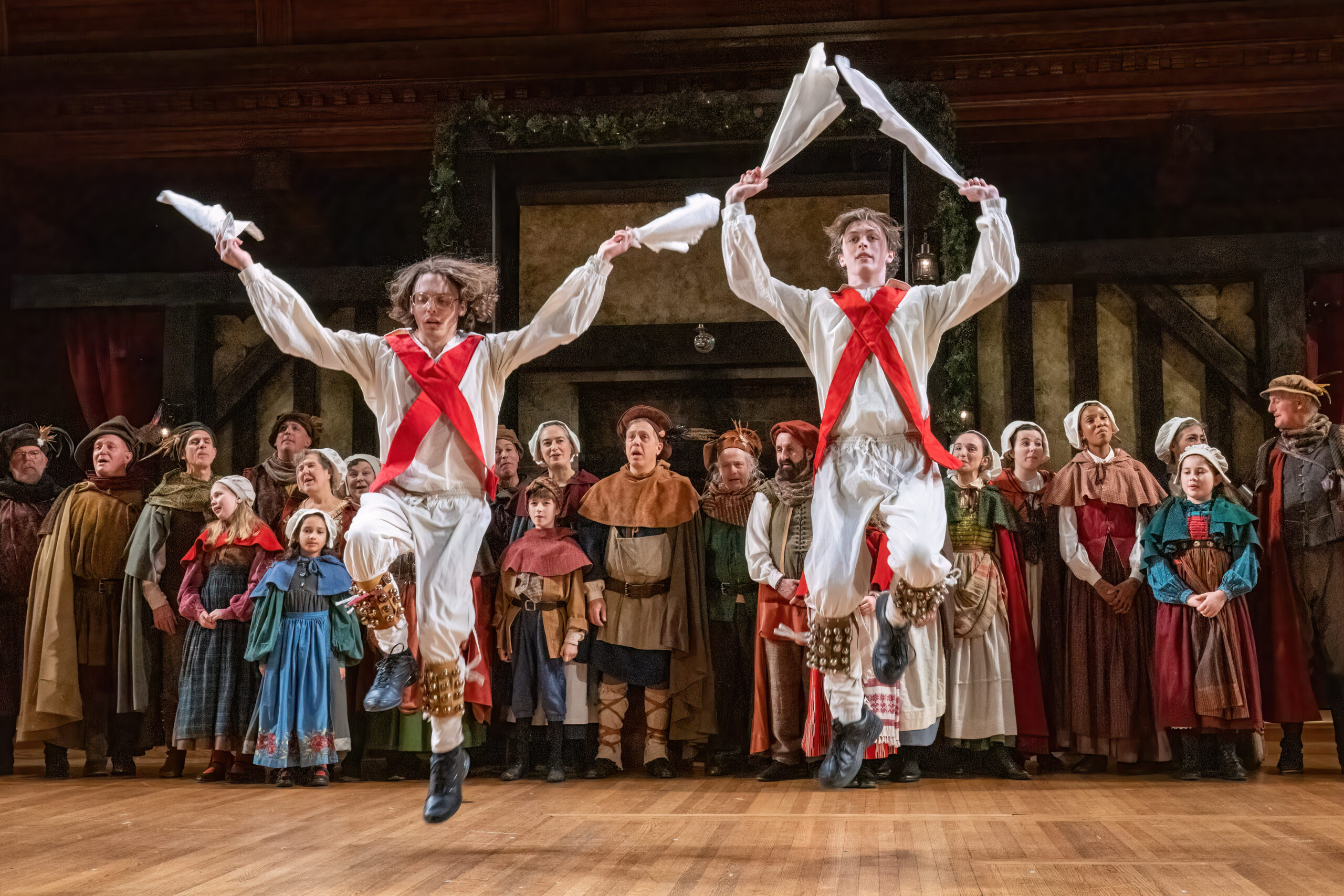
Read More
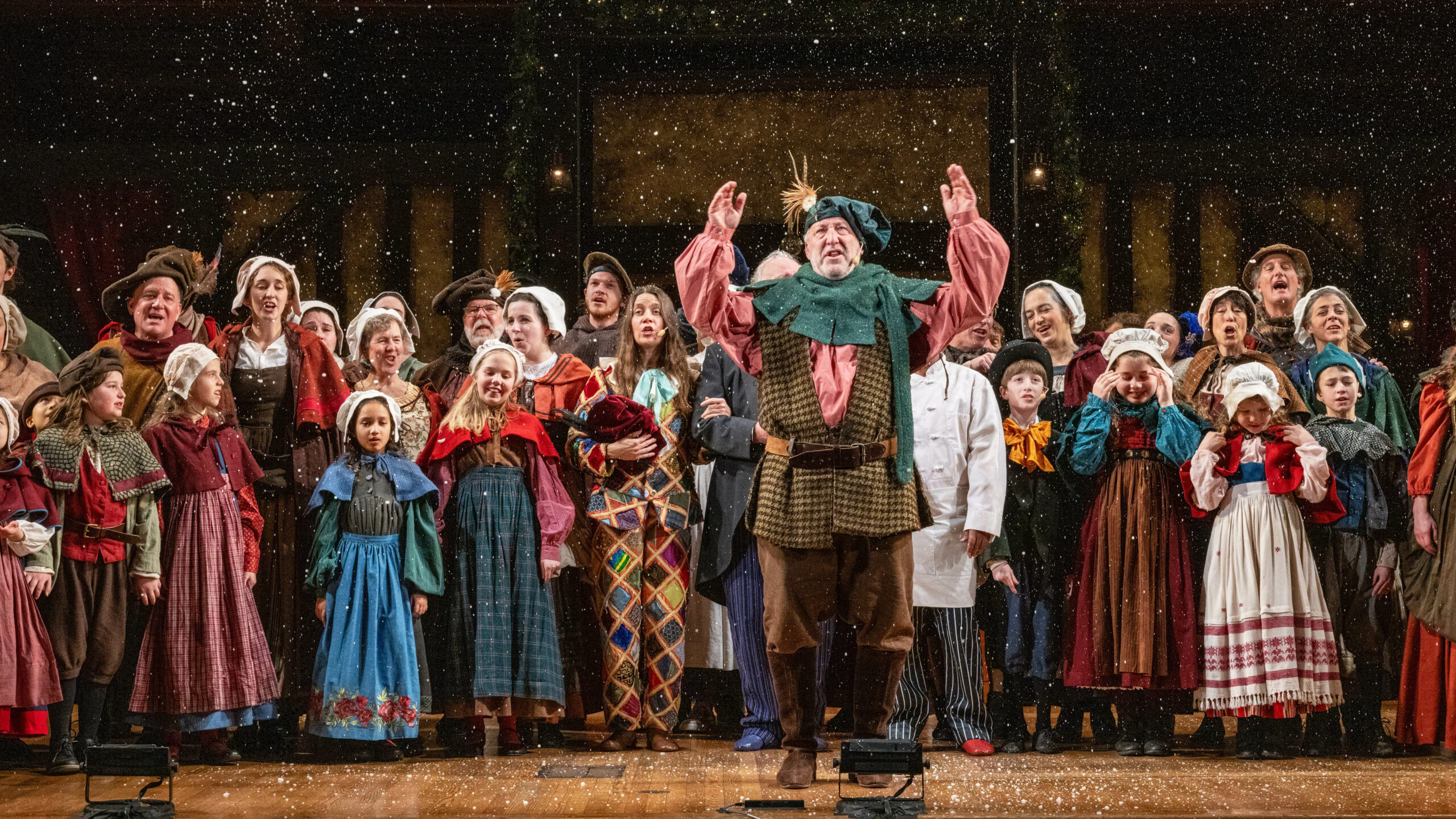
Read More

Read More
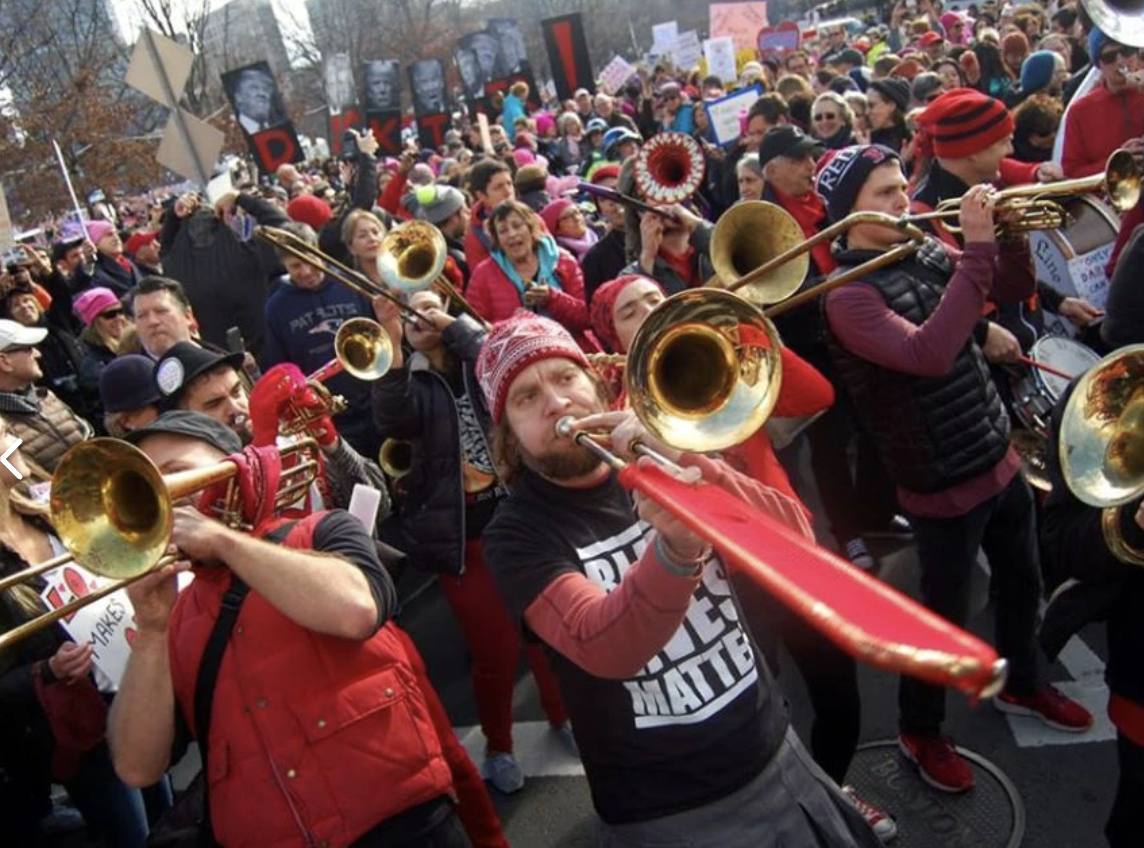
Read More

Read More
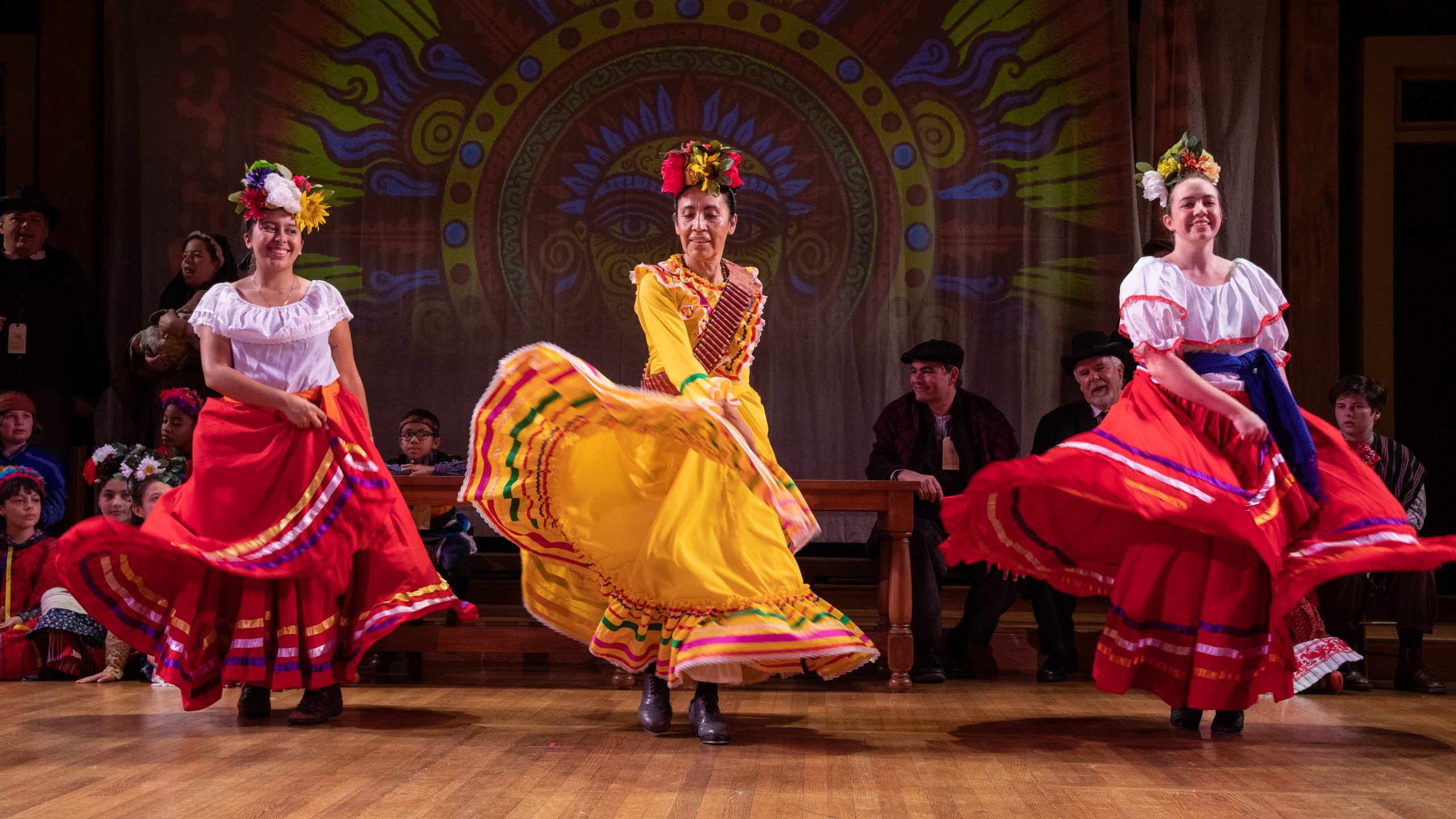
Read More
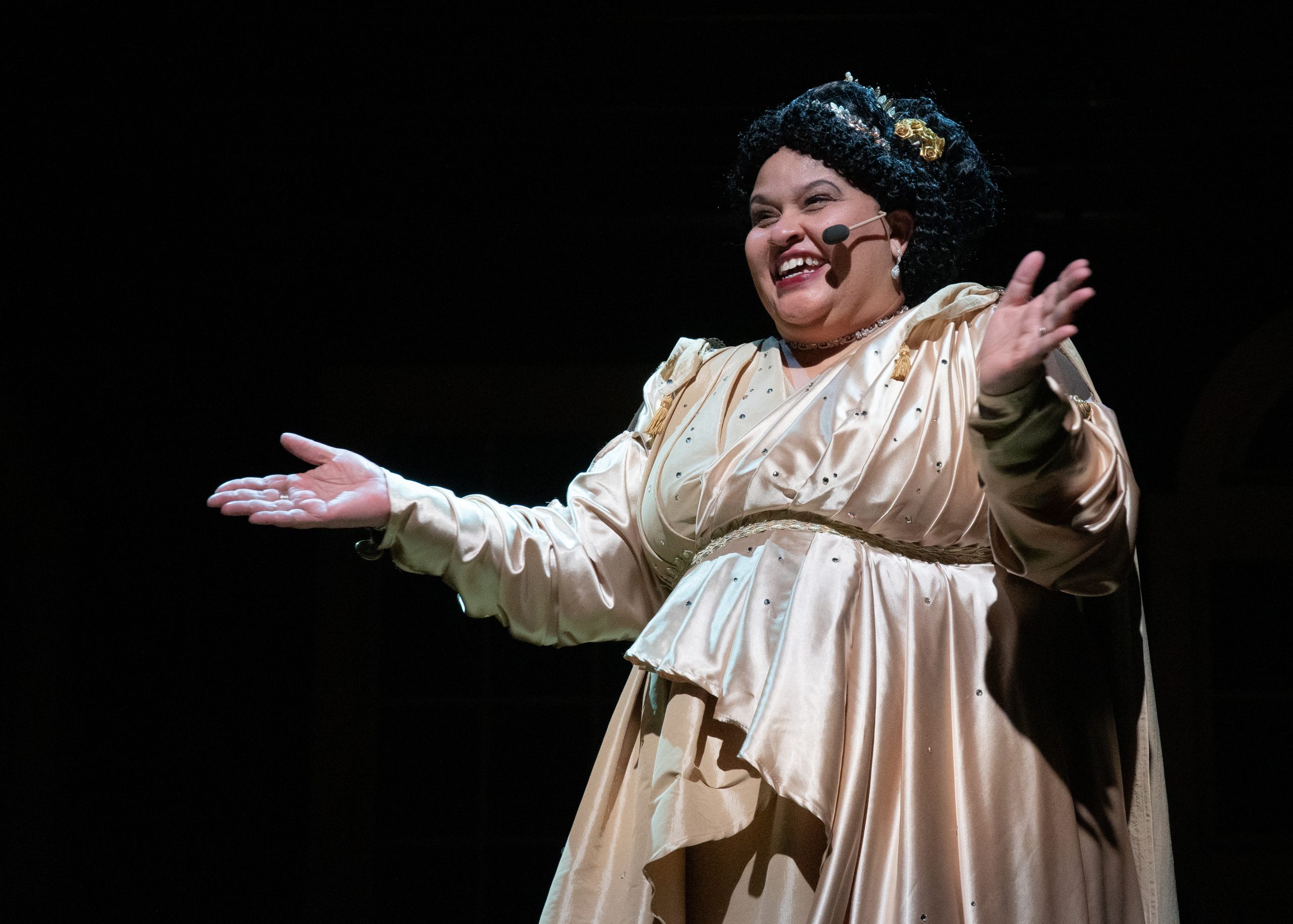
Read More
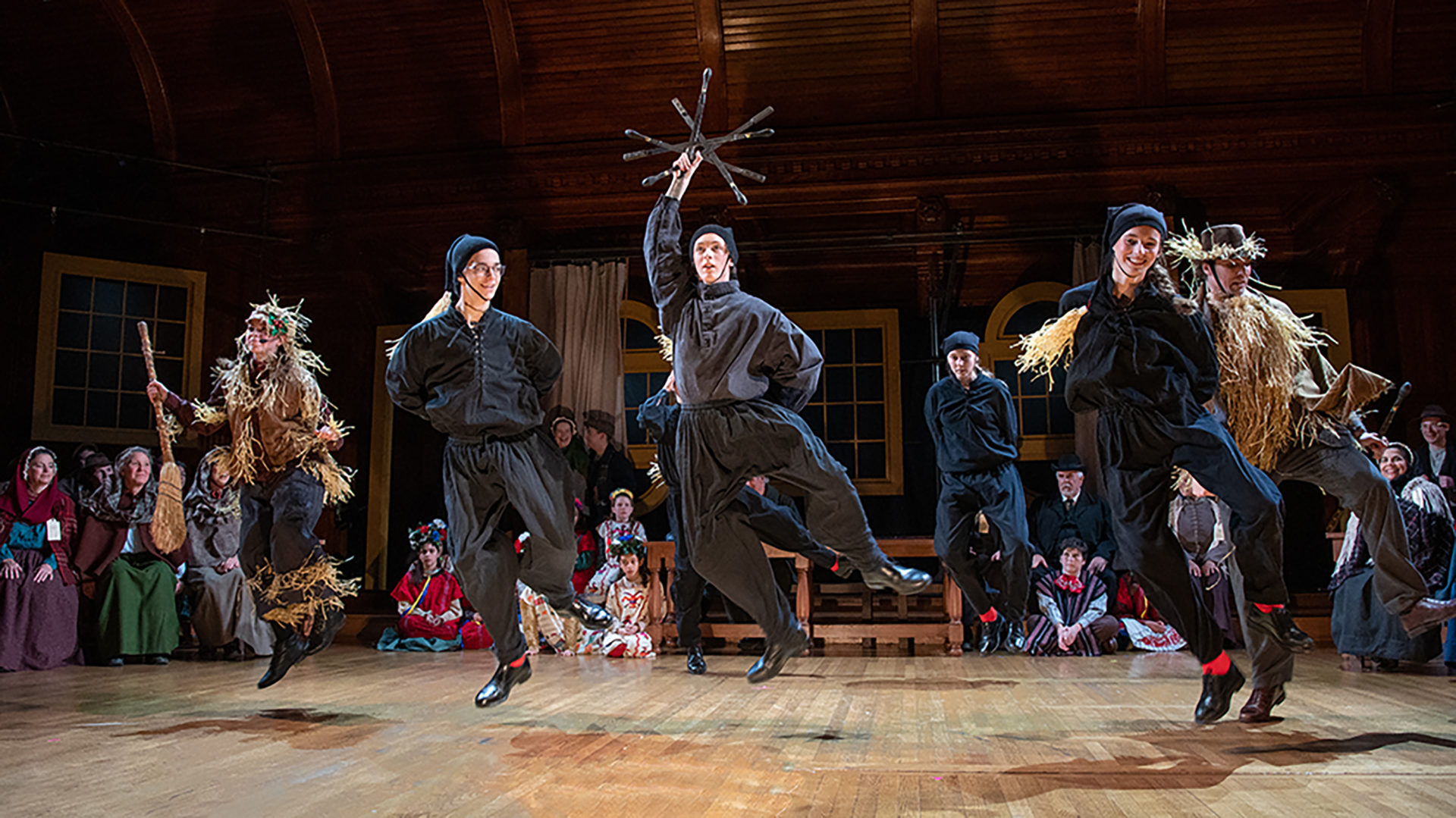
Read More
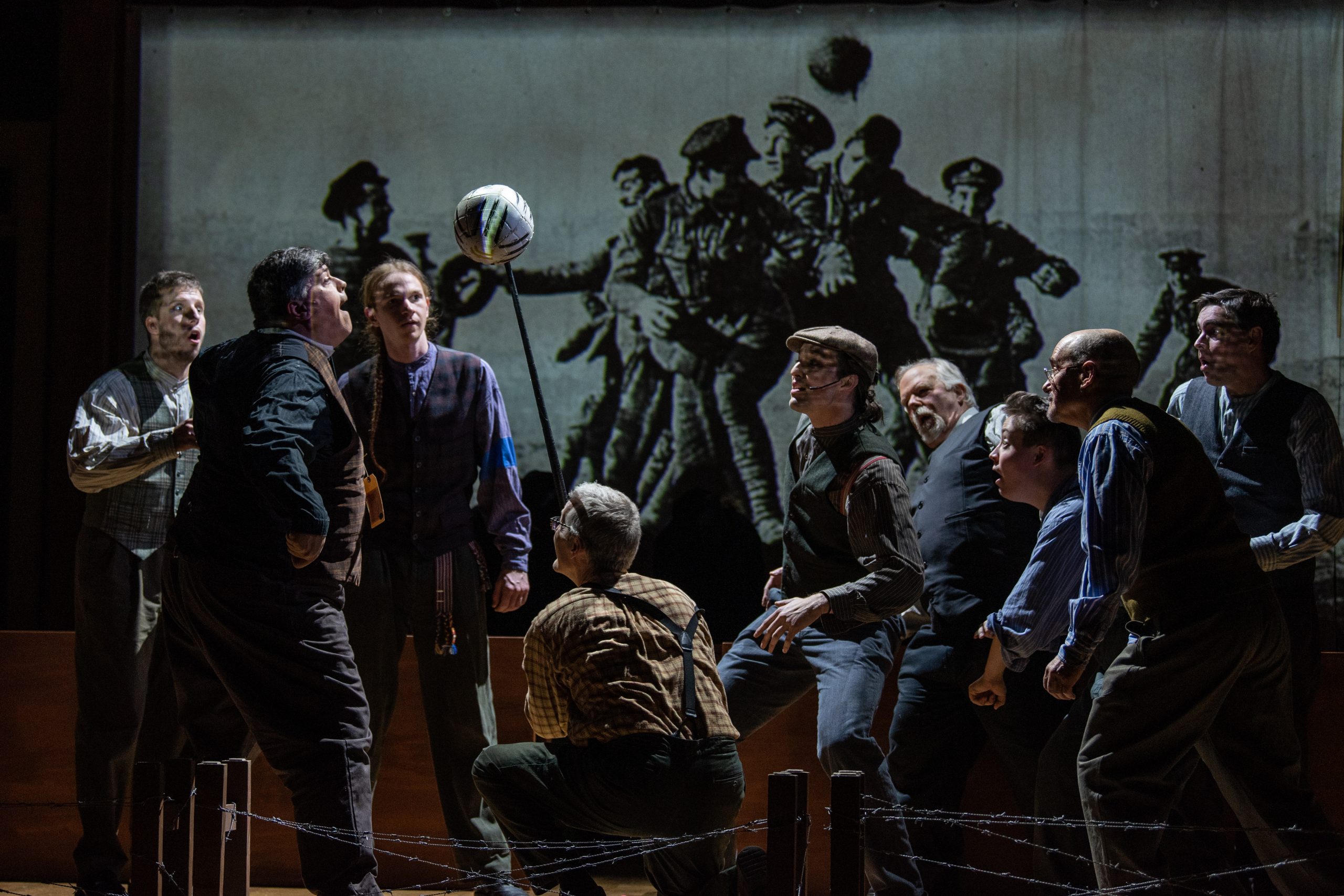
Read More

Read More
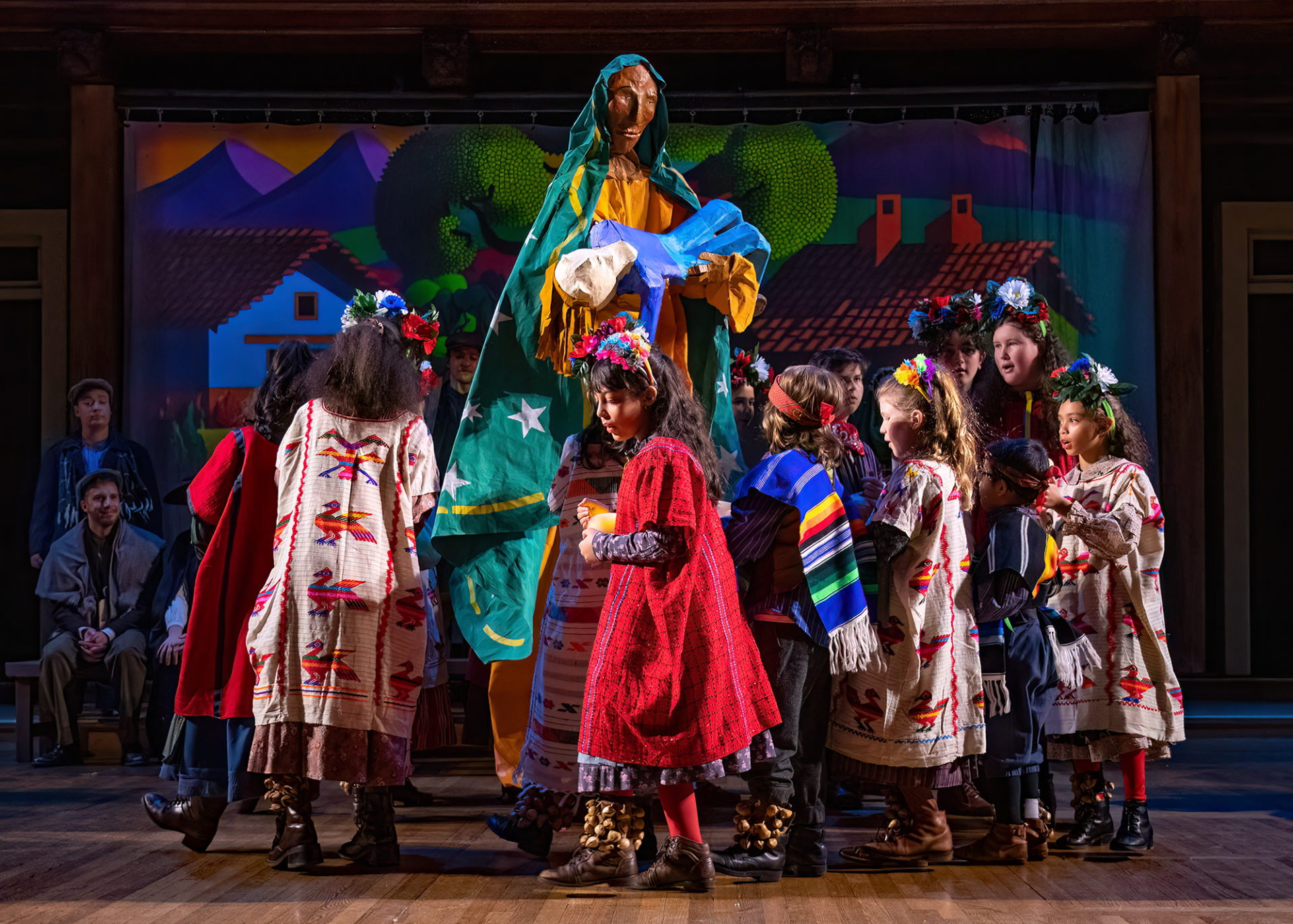
Read More
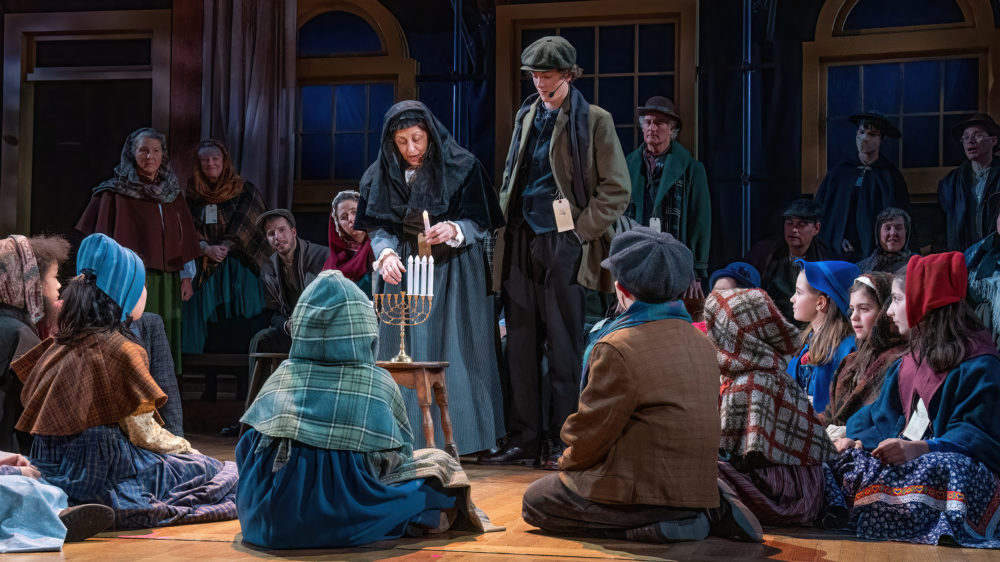
Read More
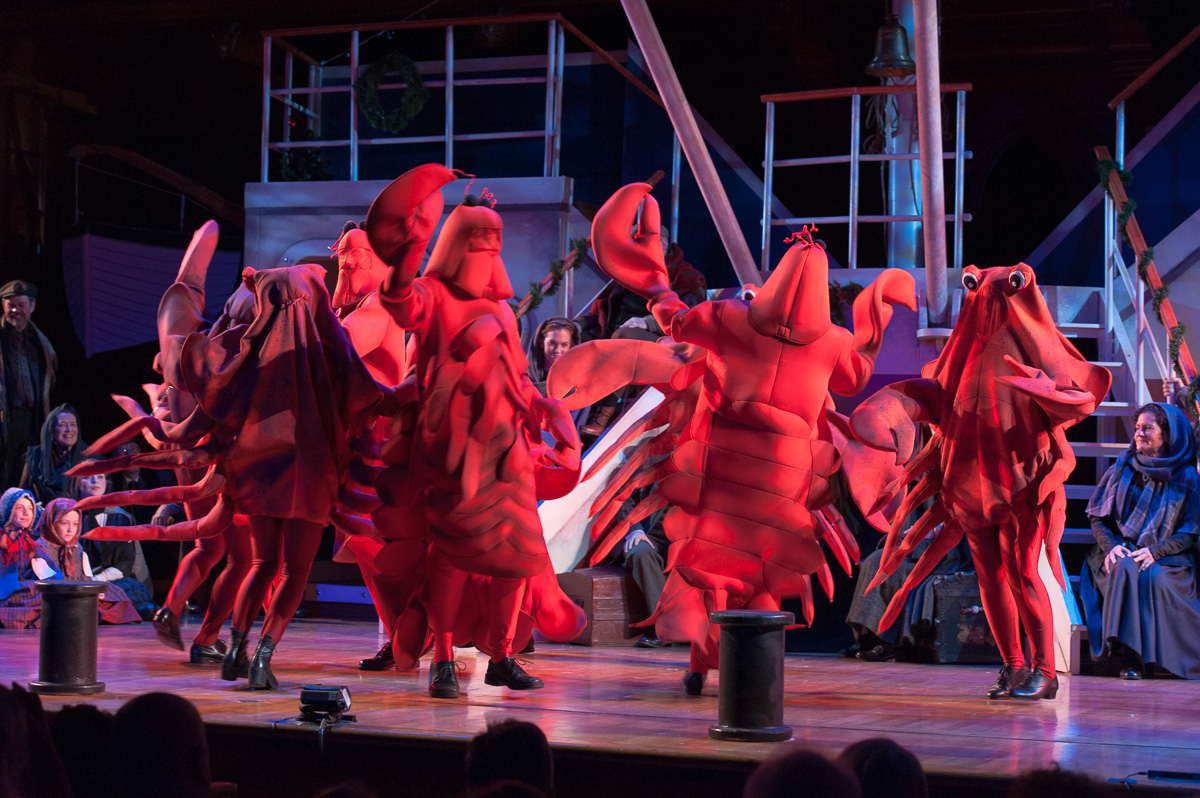
Read More
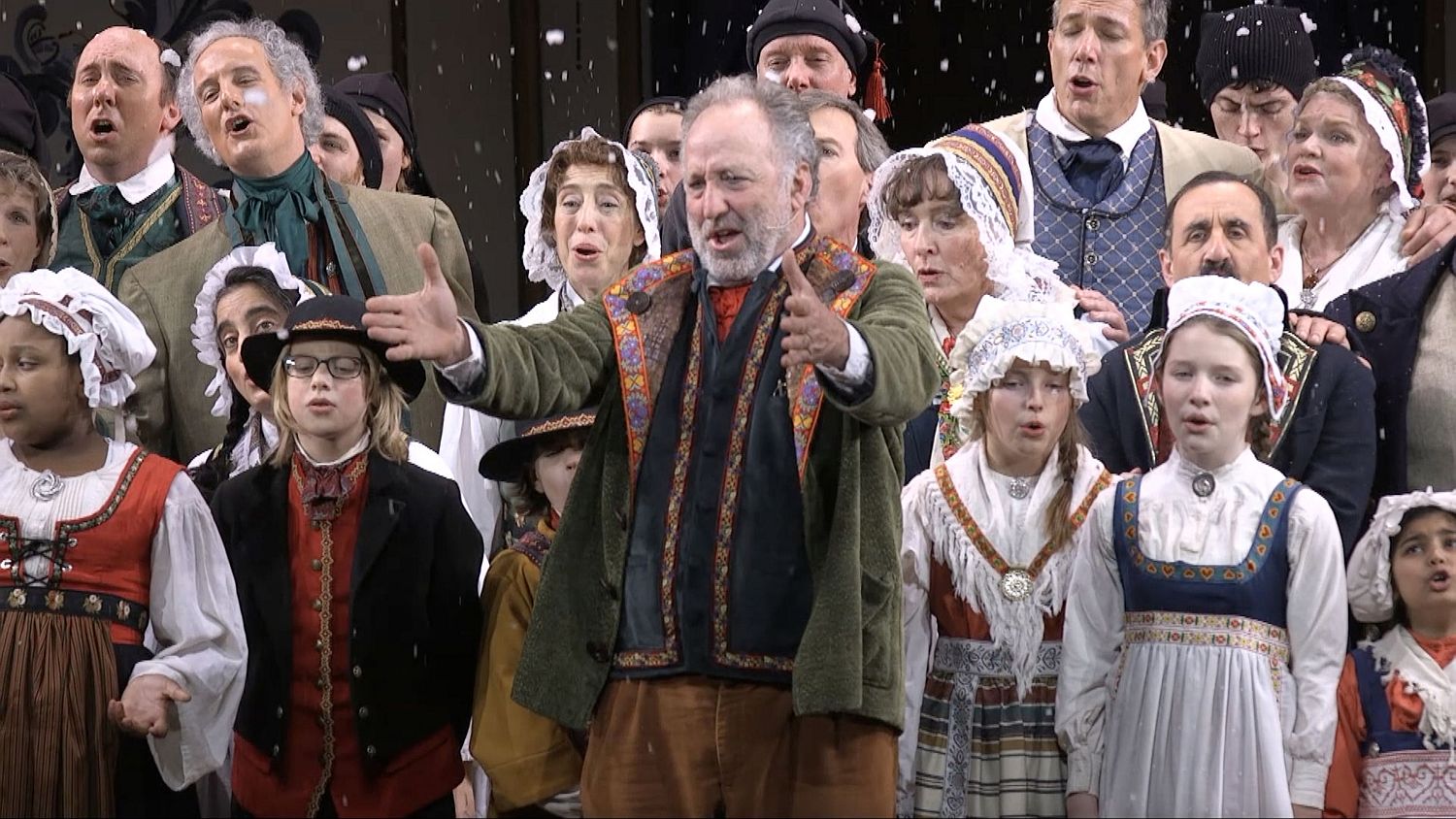
Read More

Read More

Read More

Read More

Read More

Read More
Read More
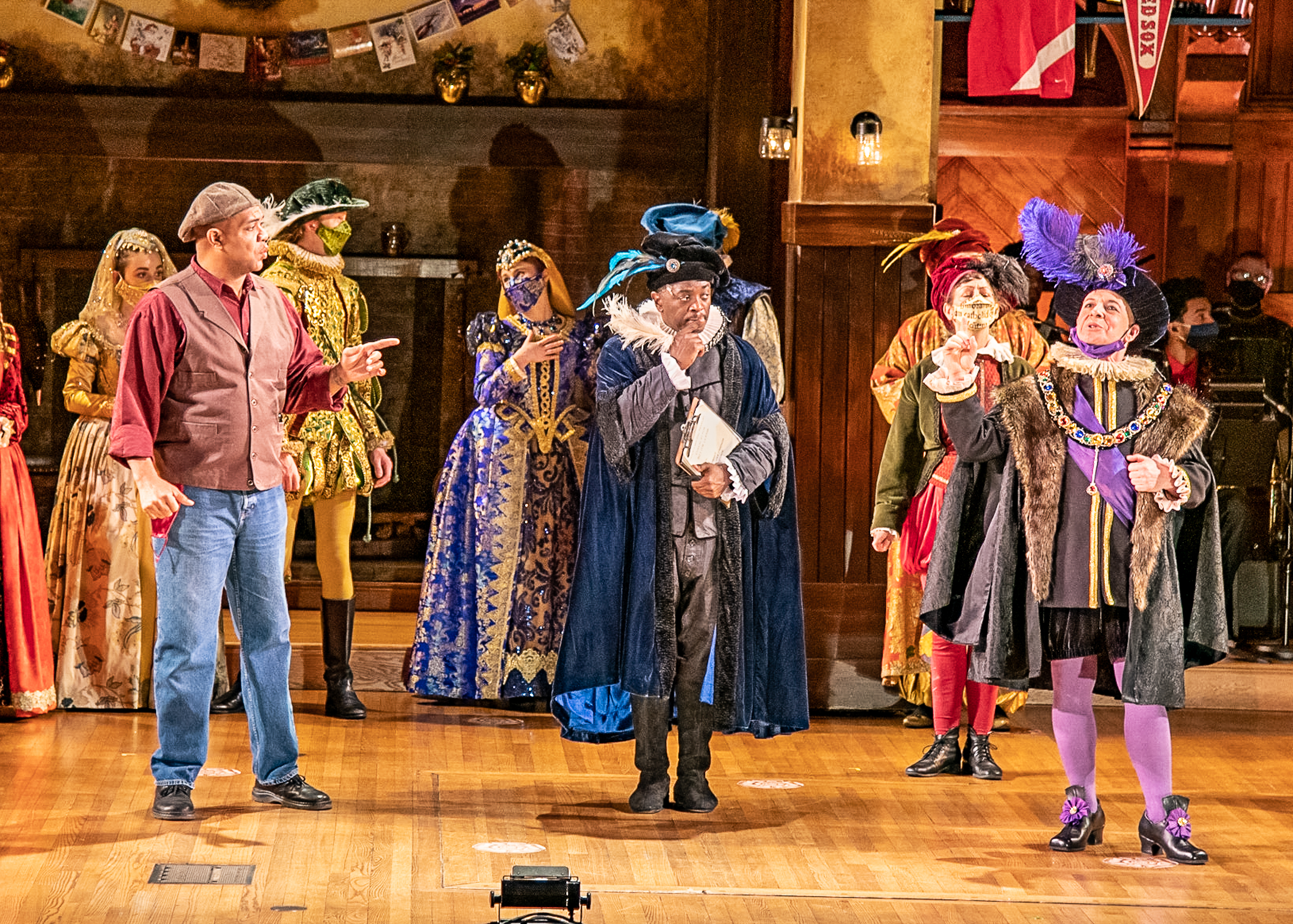
Read More
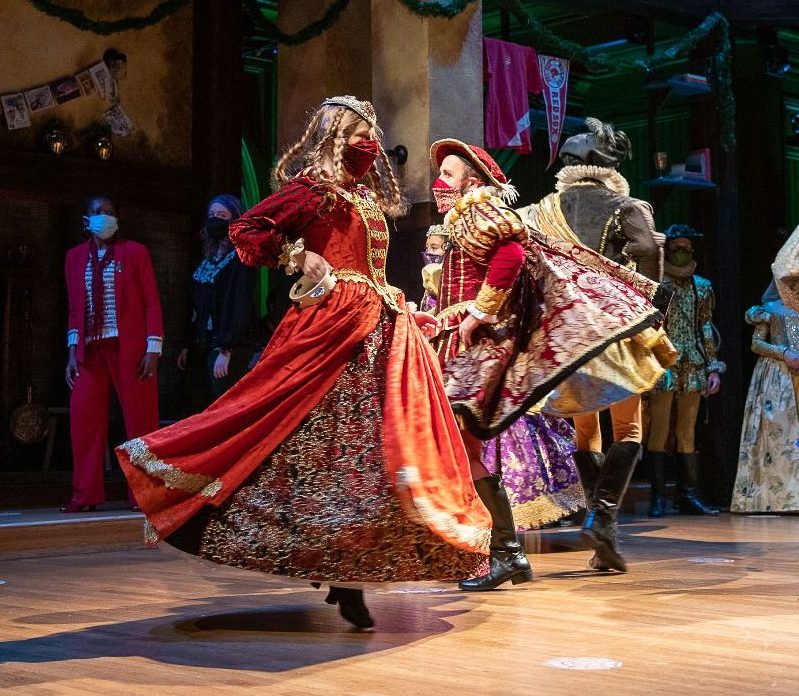
Read More
Read More

Read More
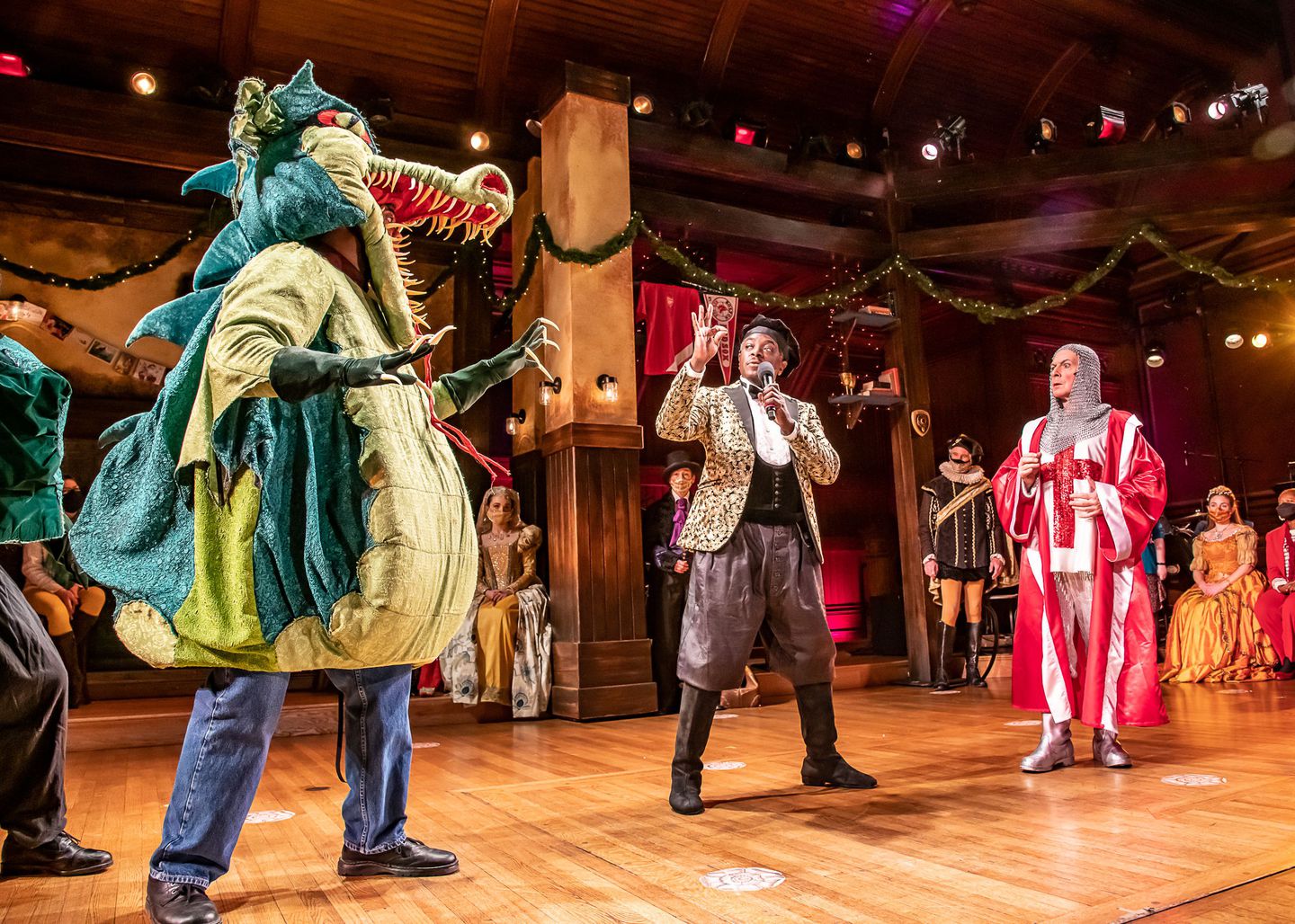
Read More

Read More
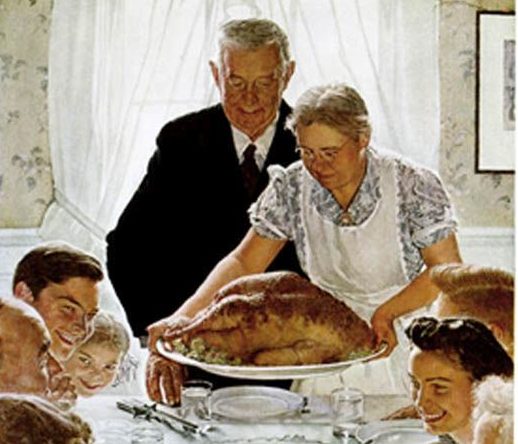
Read More
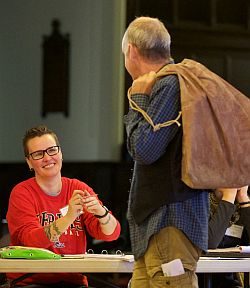
Read More

Read More
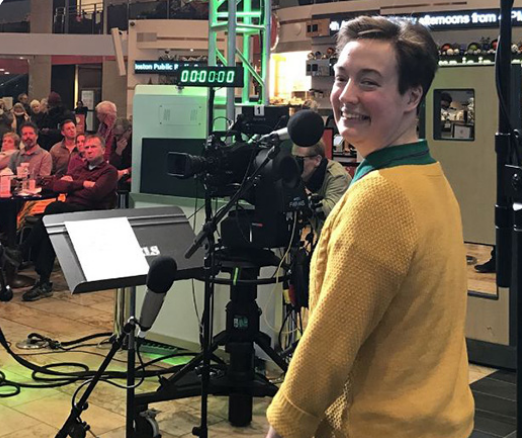
Read More

Read More
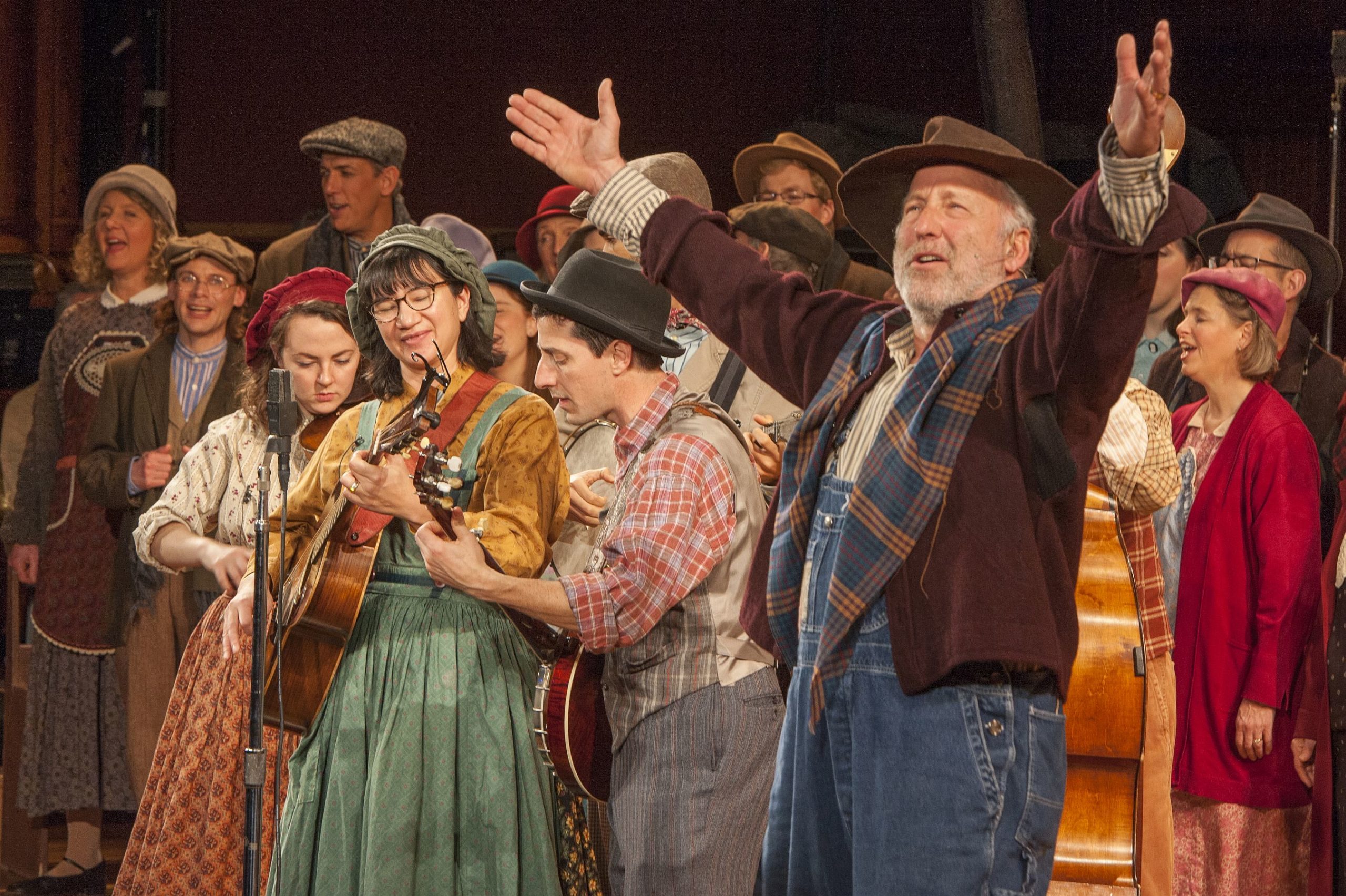
Read More
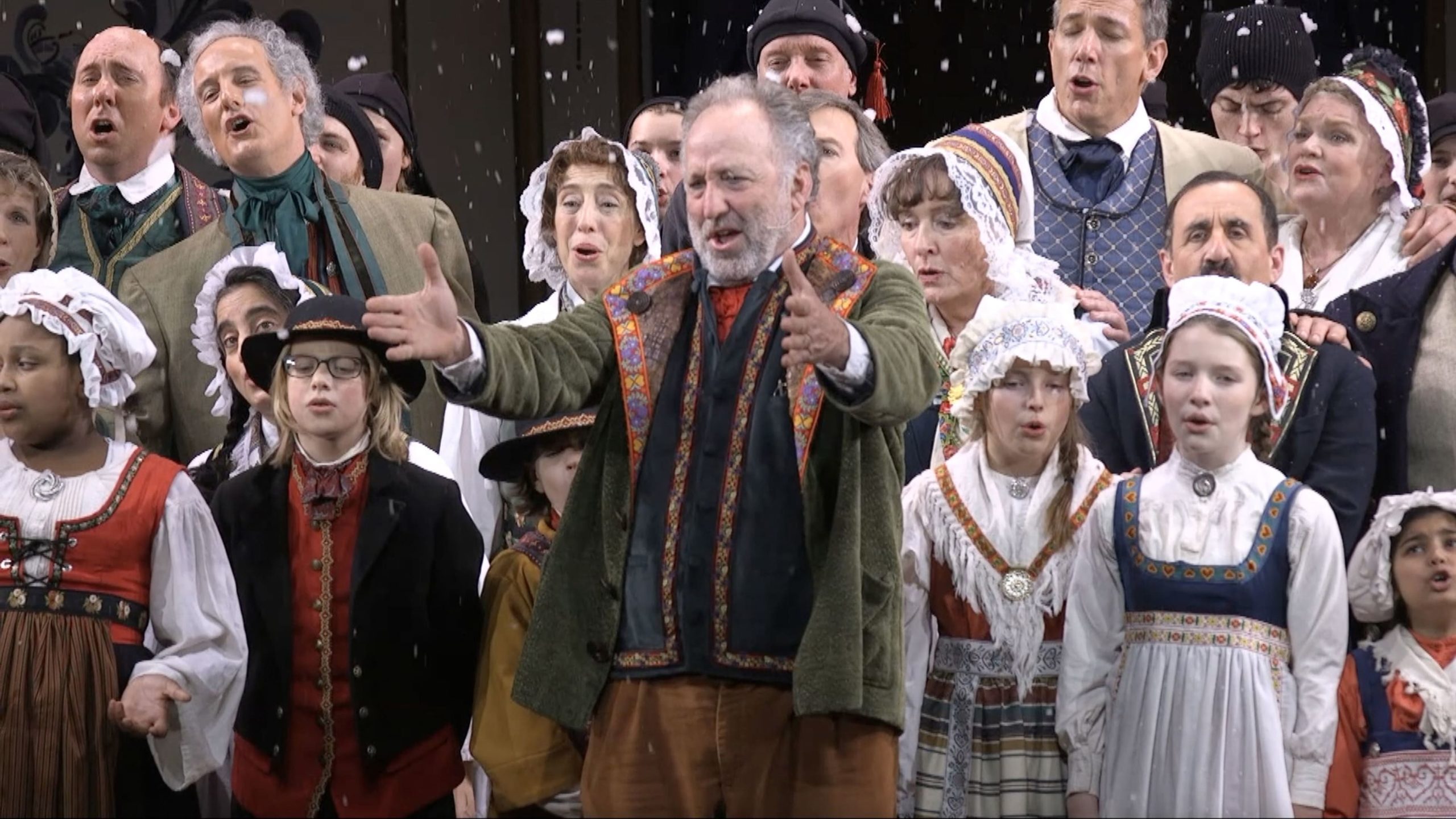
Read More

Read More
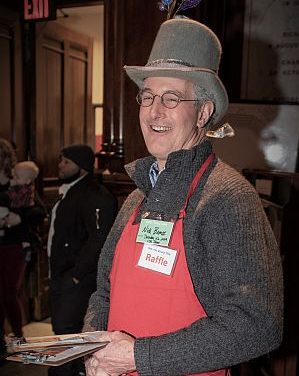
Read More
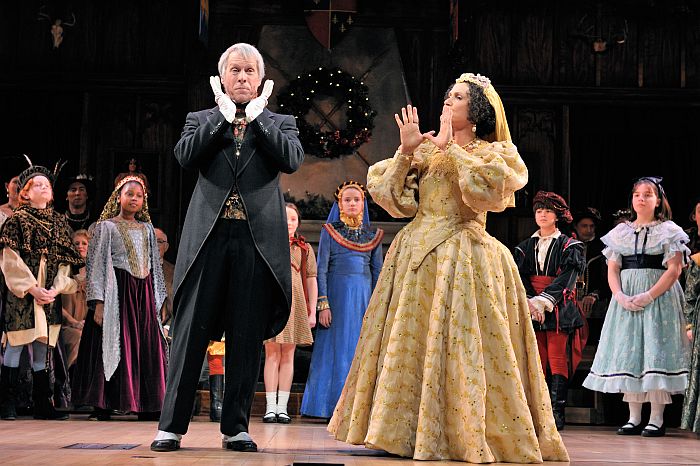
Read More
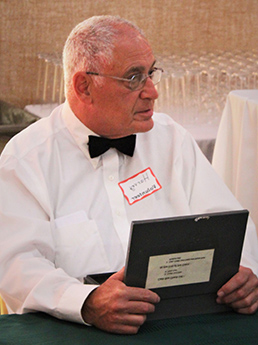
Read More

Read More

Read More
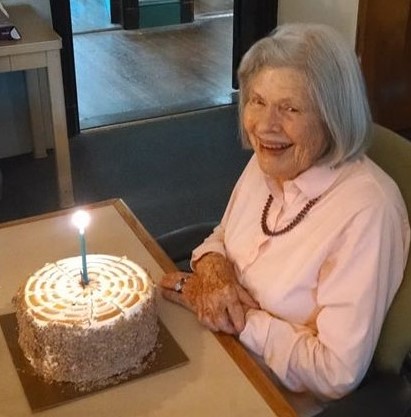
Read More

Read More

Read More

Read More
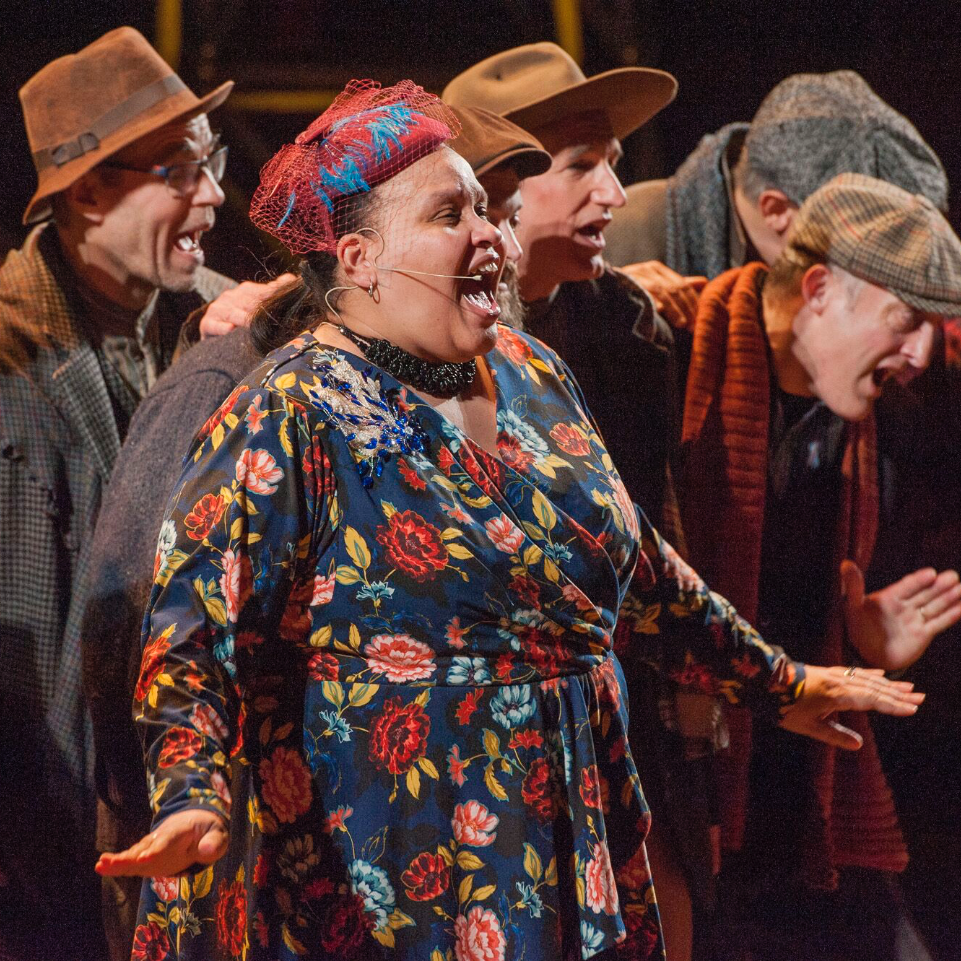
Read More

Read More

Read More

Read More
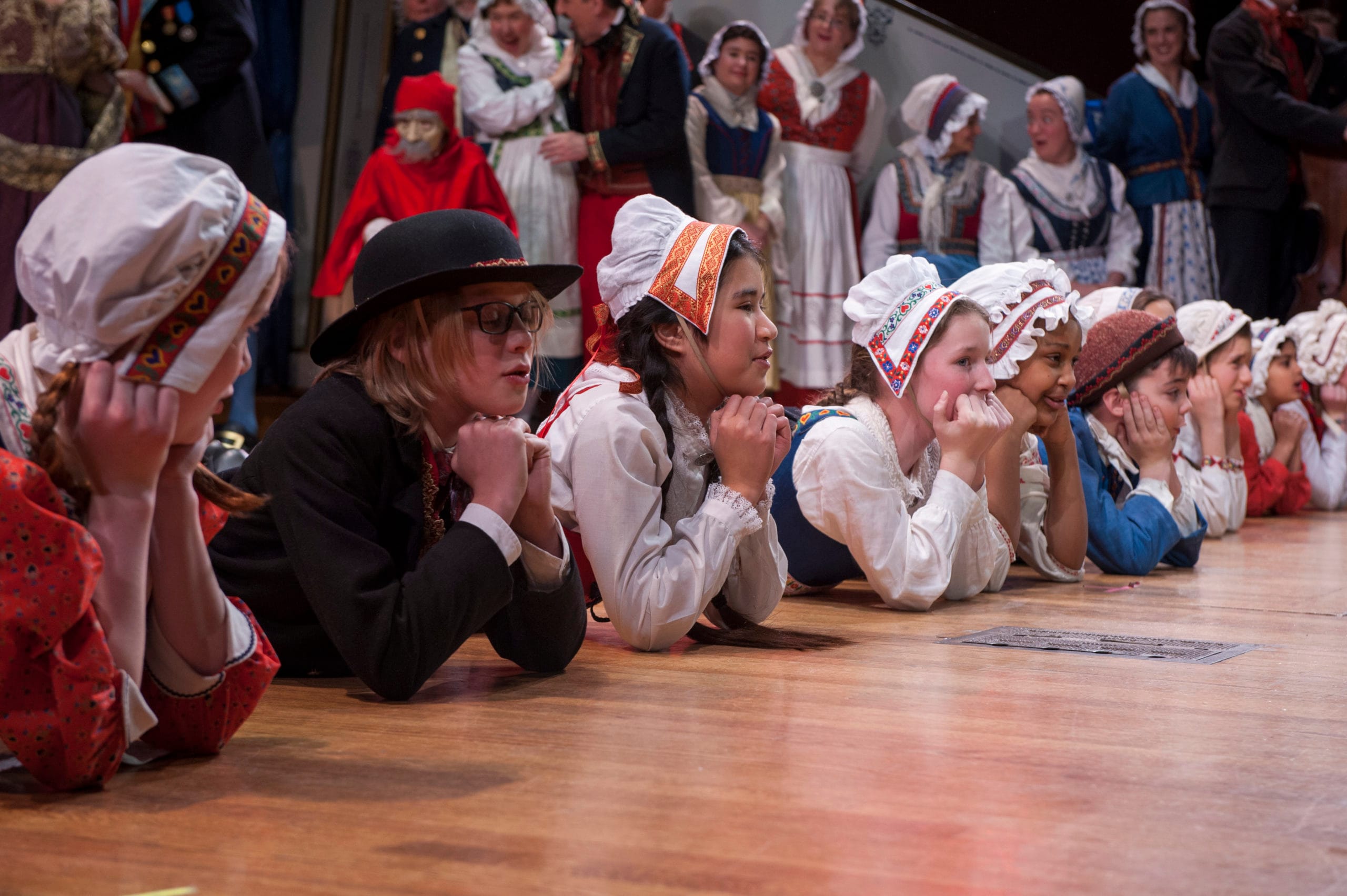
Read More

Read More

Read More

Read More
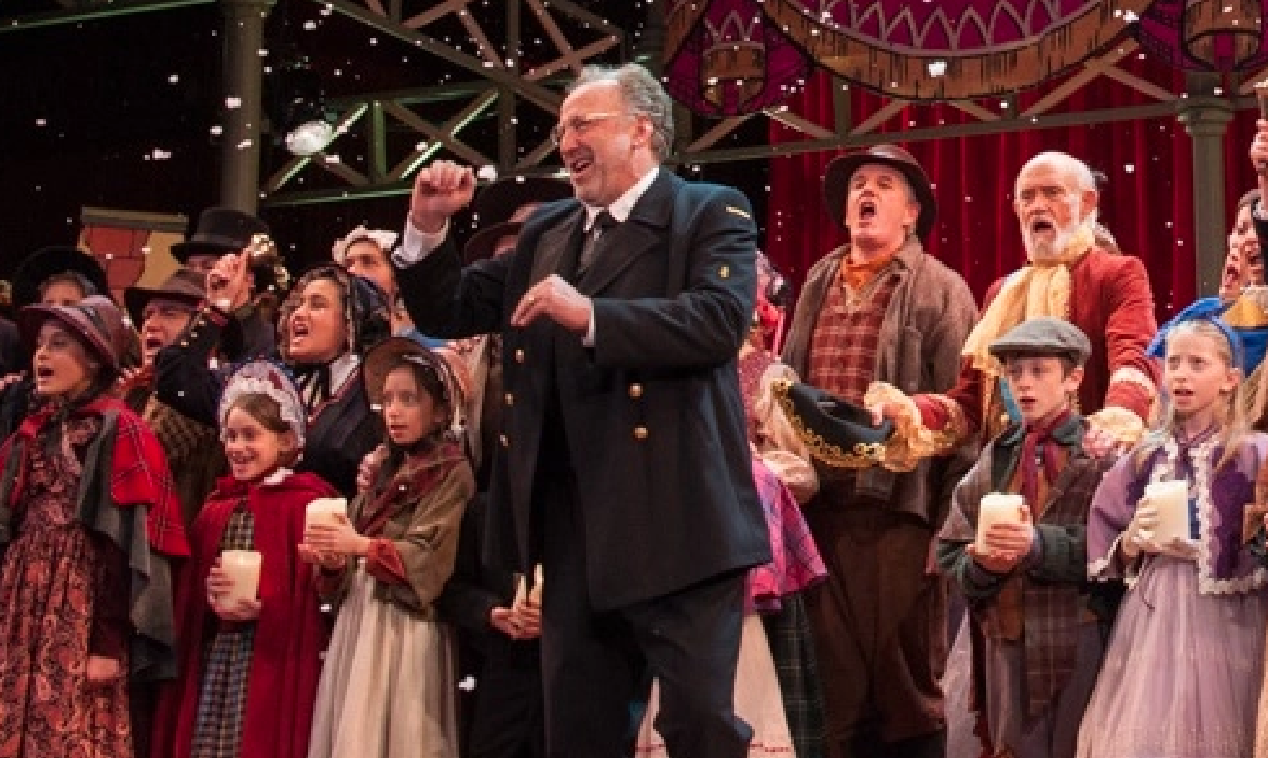
Read More

Read More
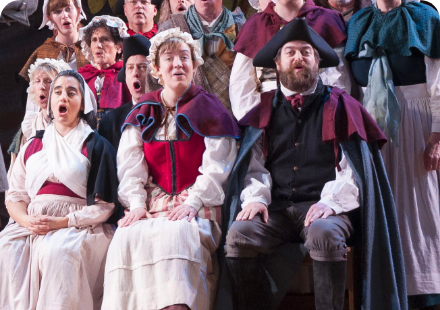
Read More

Read More

Read More
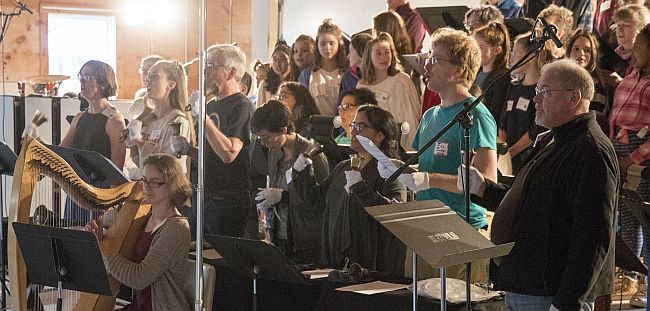
Read More

Read More

Read More

Read More
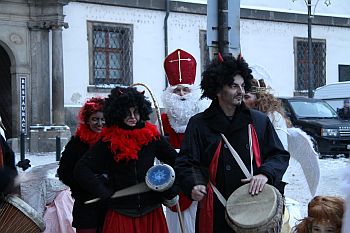
Read More

Read More

Read More

Read More

Read More

Read More

Read More

Read More

Read More

Read More

Read More
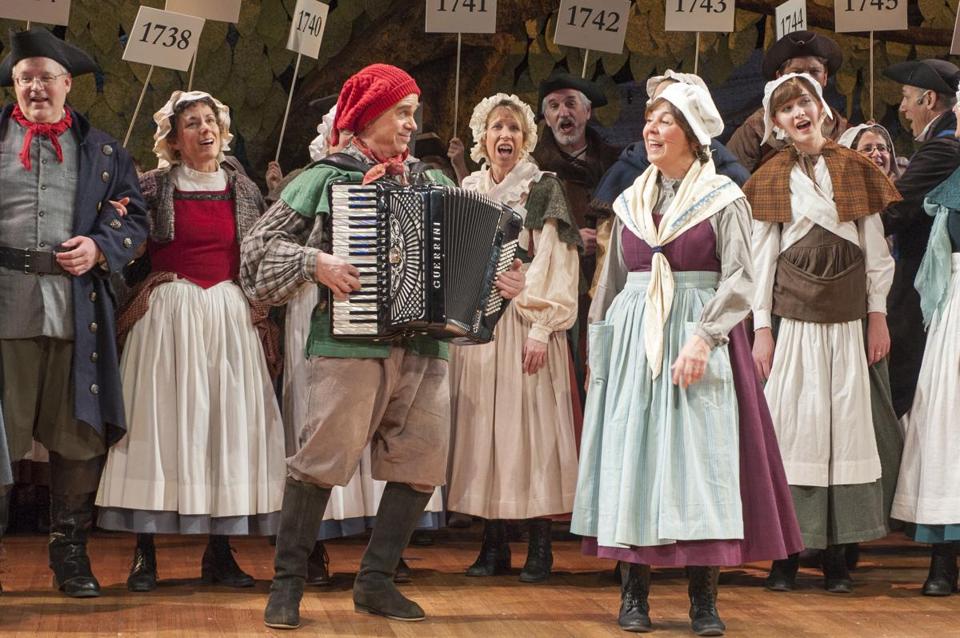
Read More

Read More

Read More

Read More

Read More
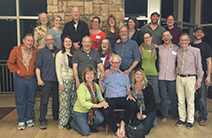
Read More

Read More

Read More
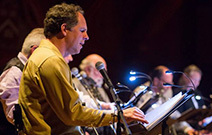
Read More

Read More

Read More

Read More
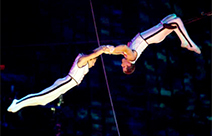
Read More

Read More
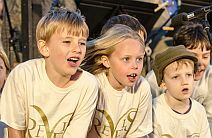
Read More

Read More

Read More
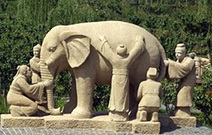
Read More
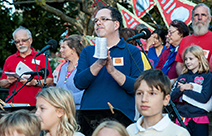
Read More

Read More

Read More

Read More

Read More

Read More

Read More

Read More

Read More
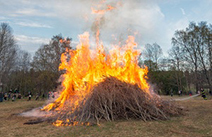
Read More

Read More
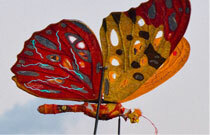
Read More

Read More

Read More

Read More
